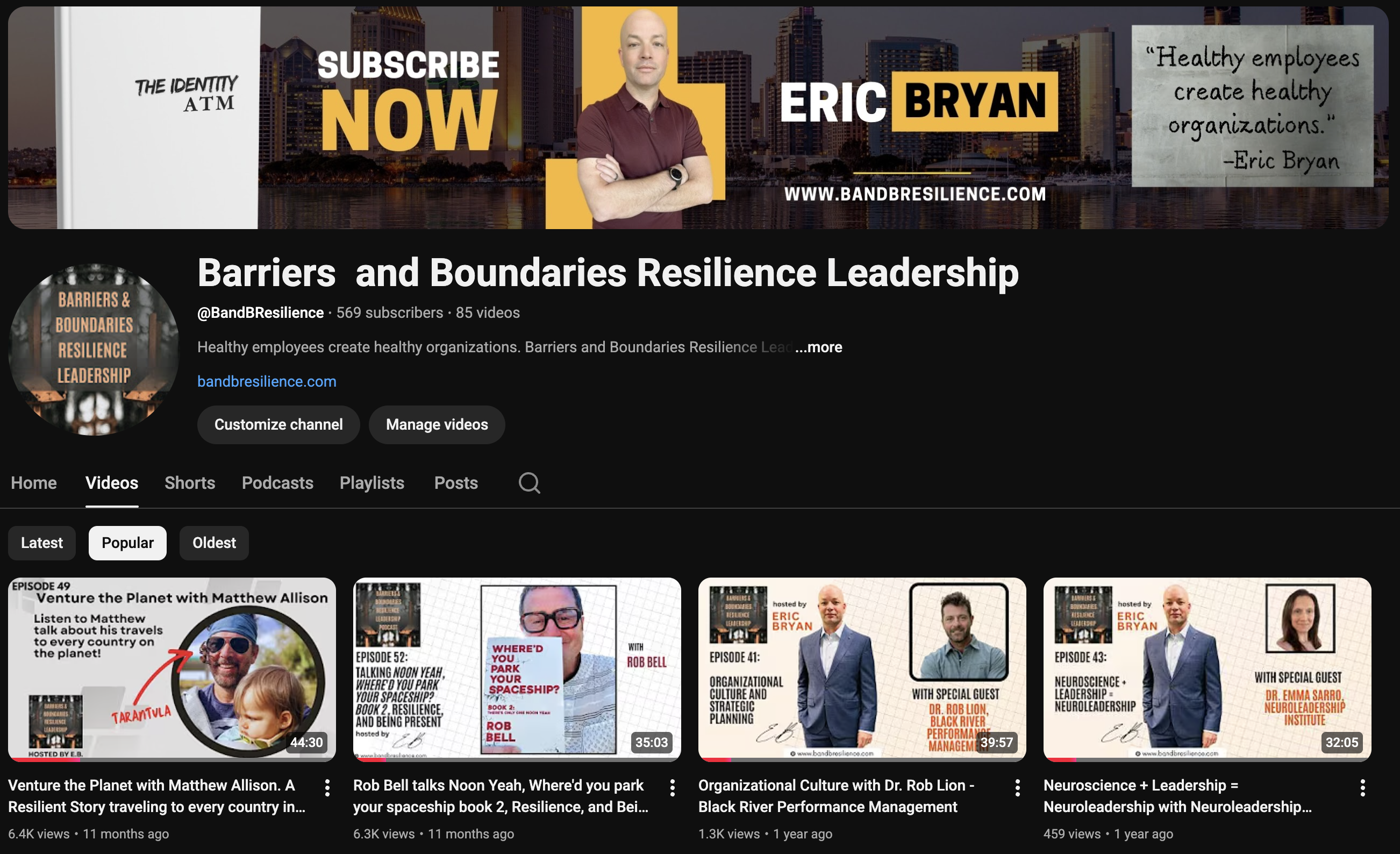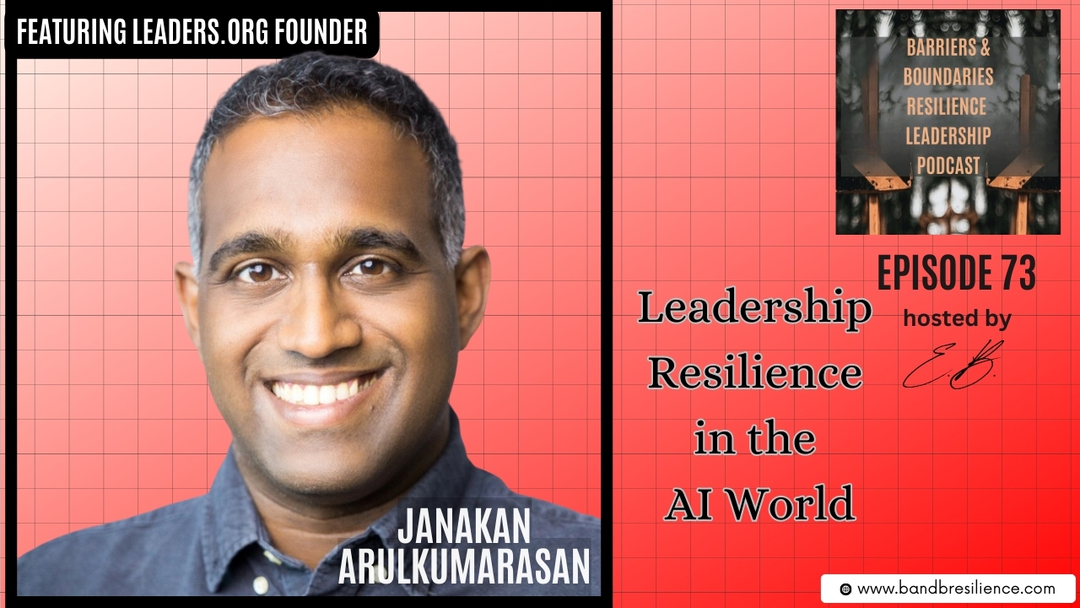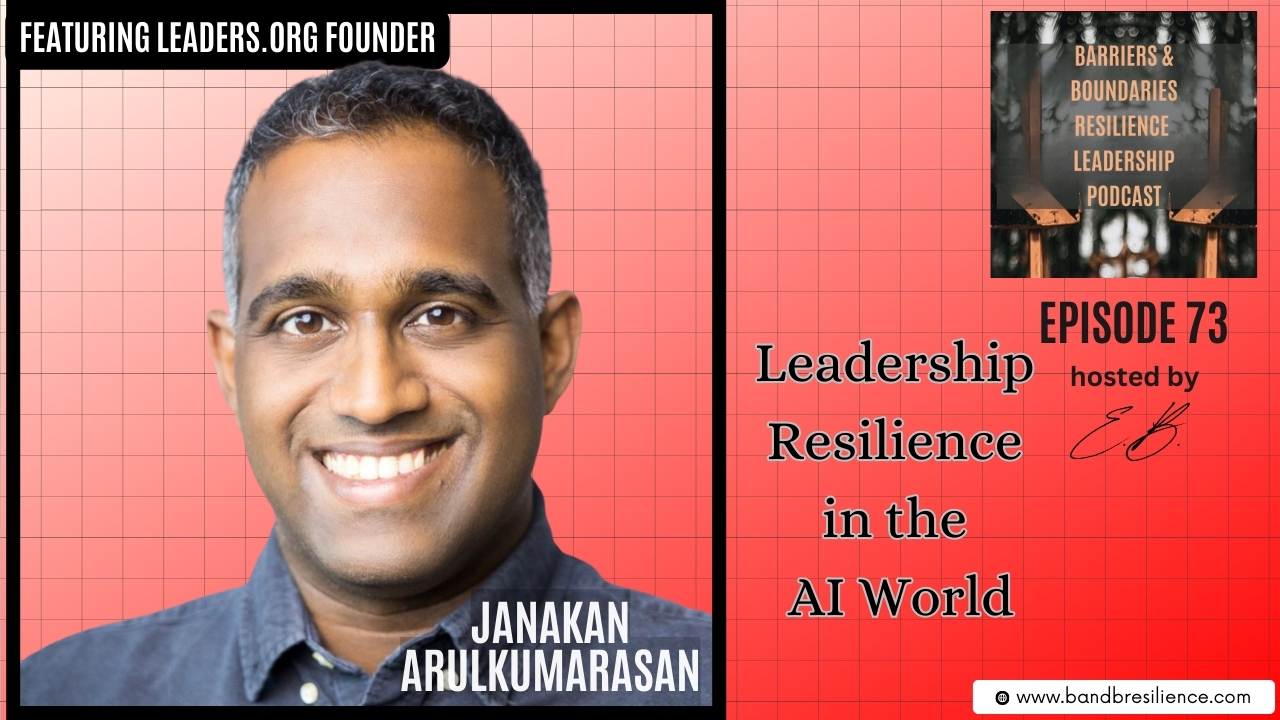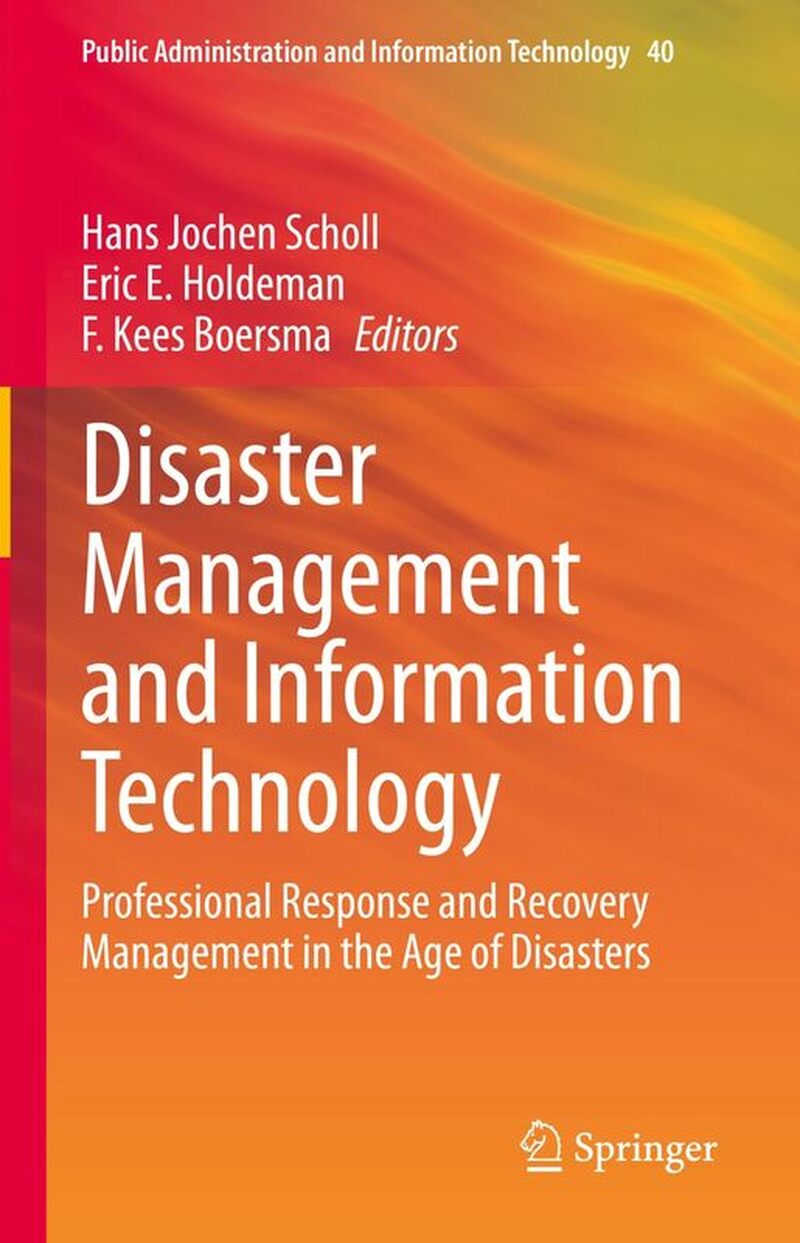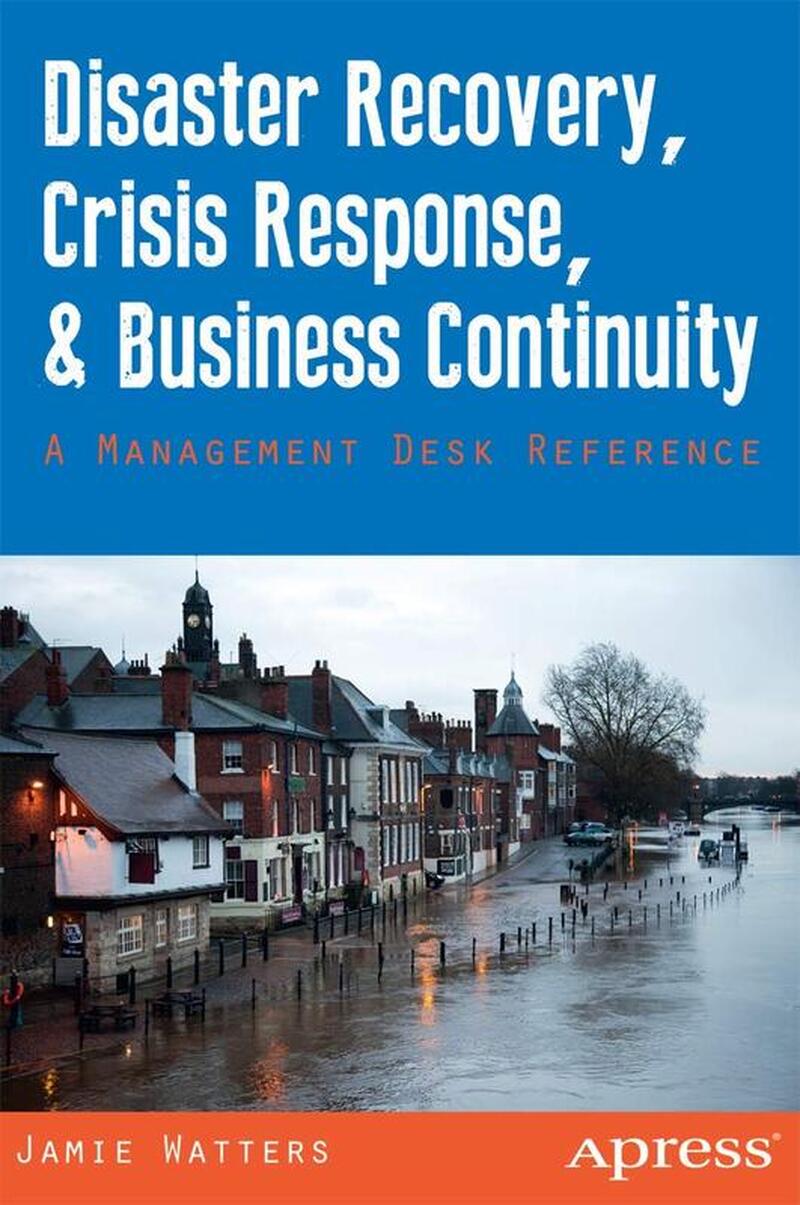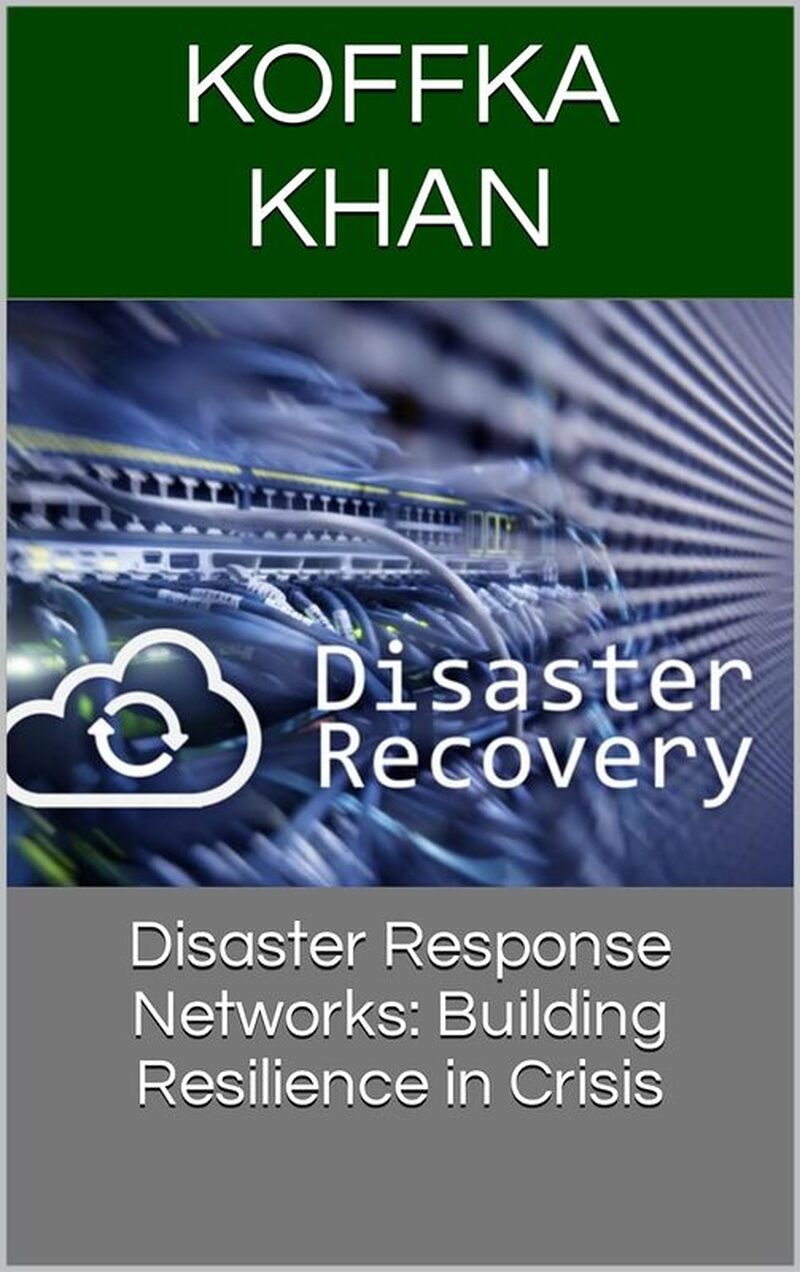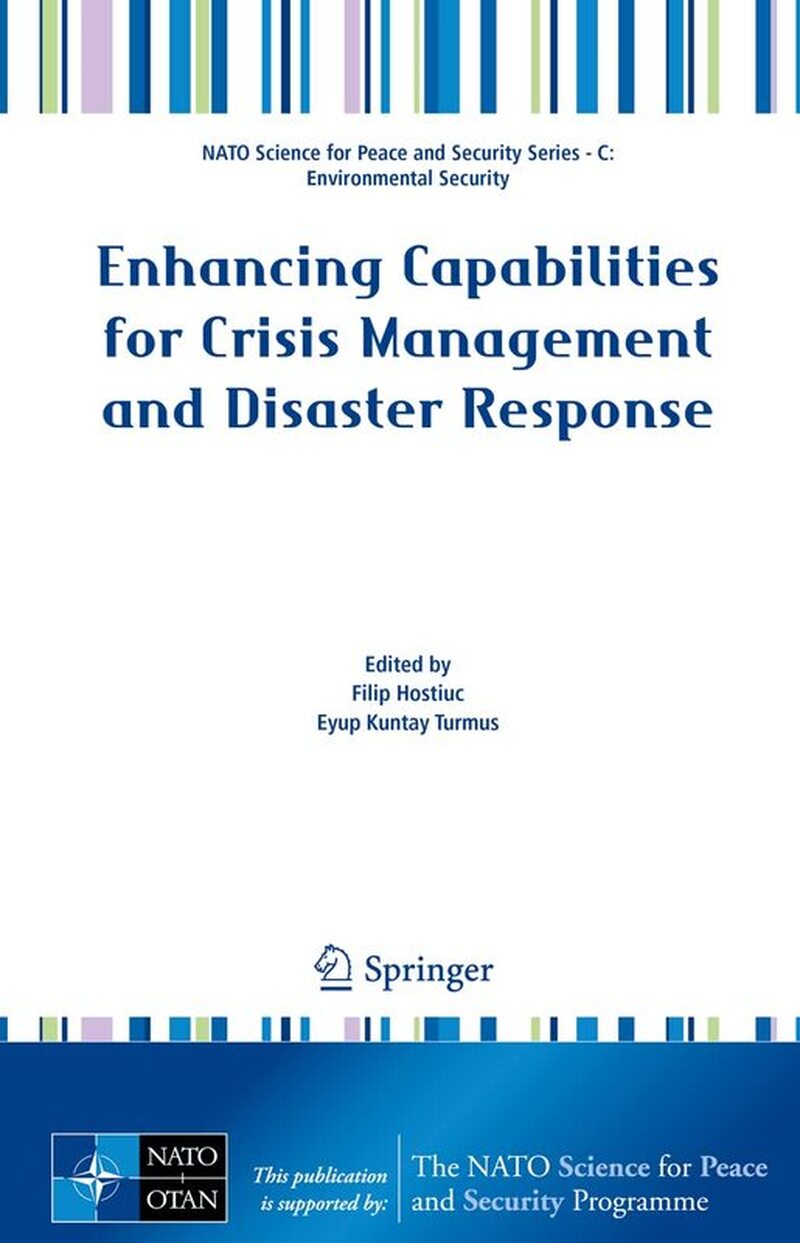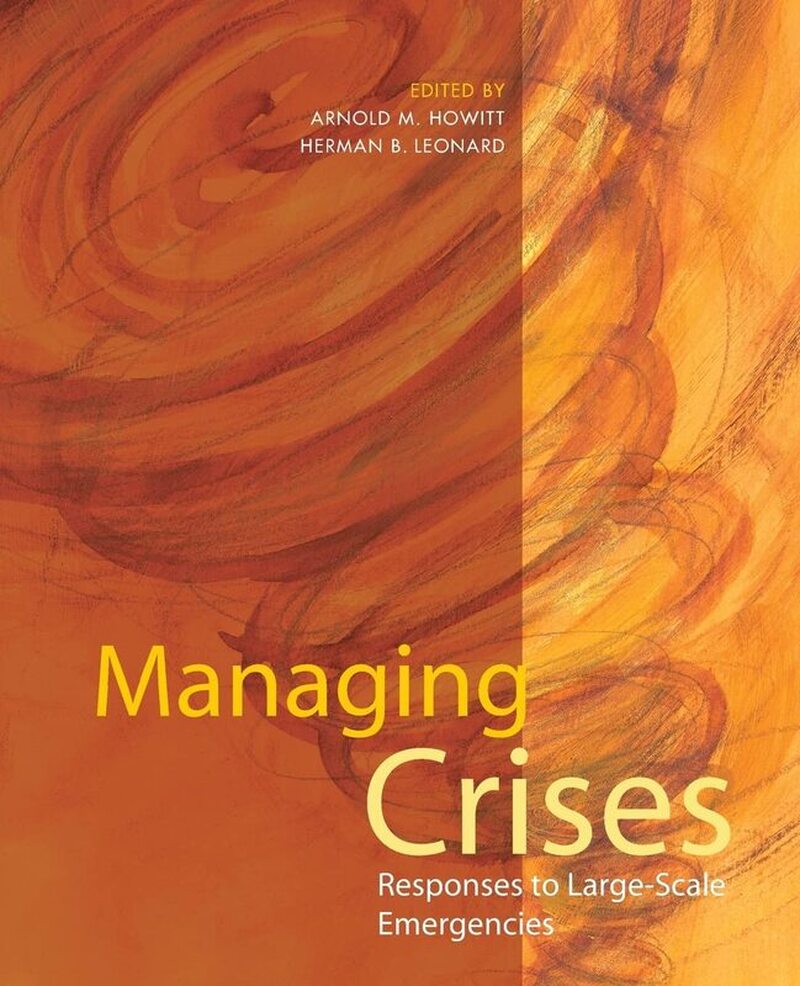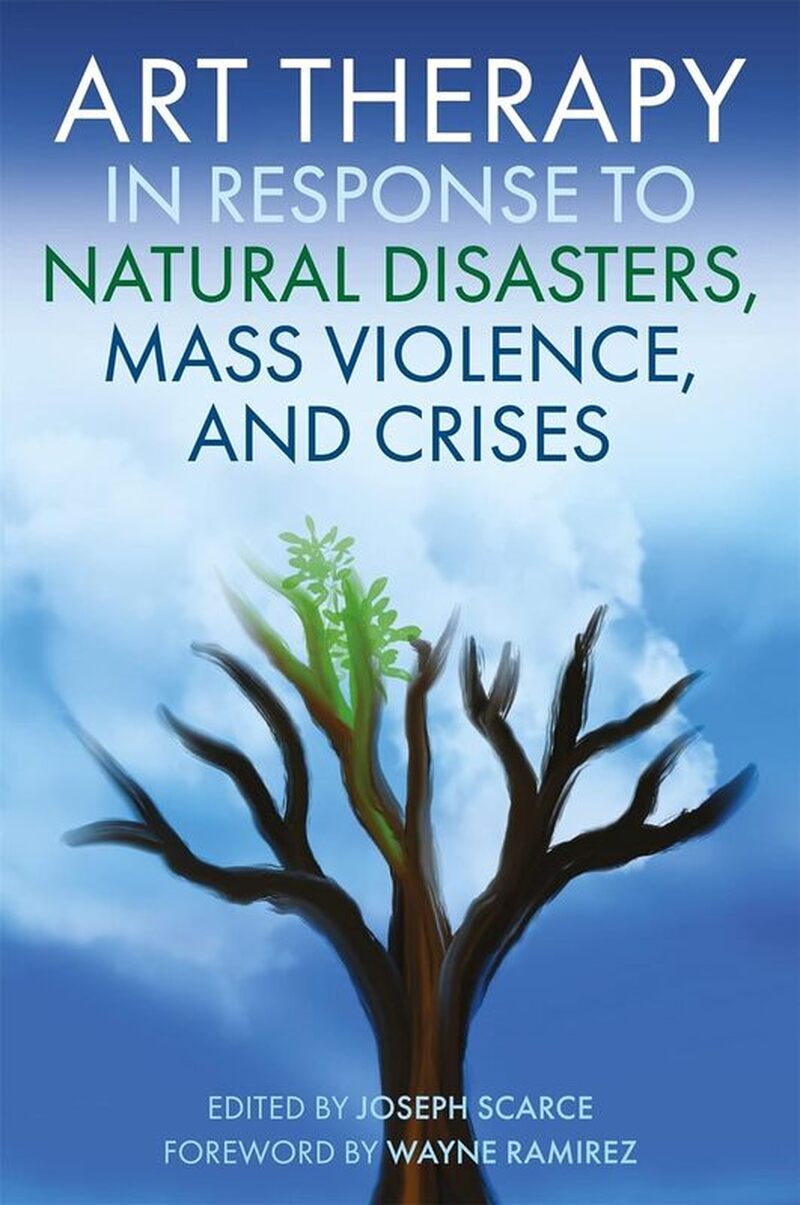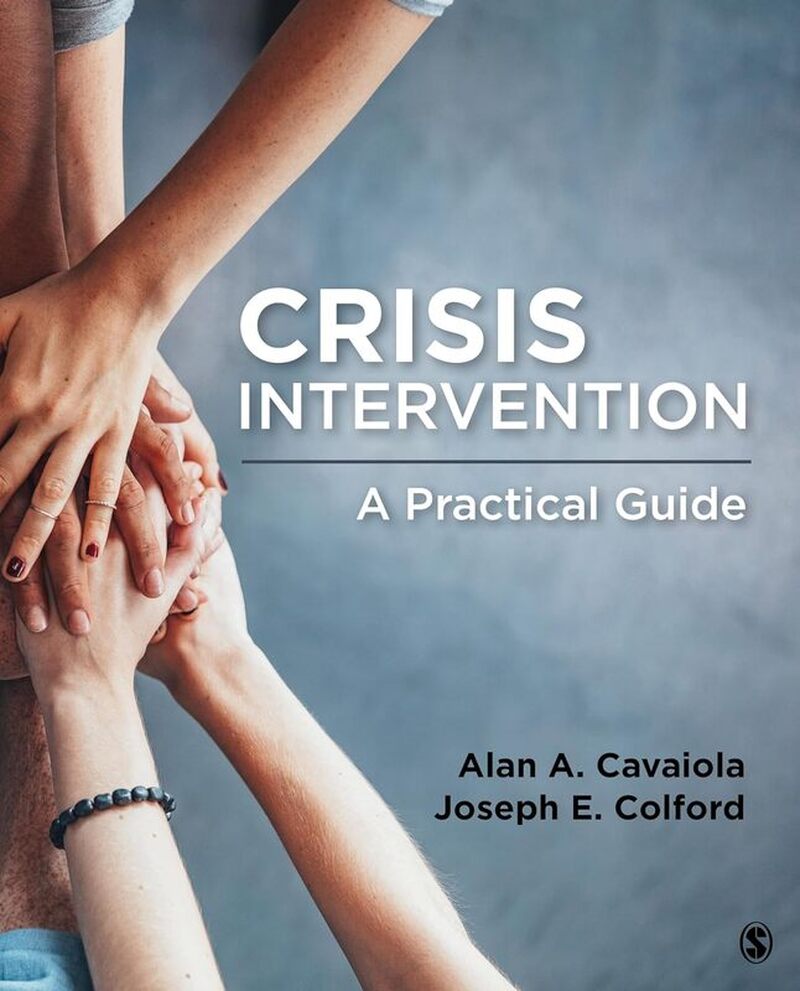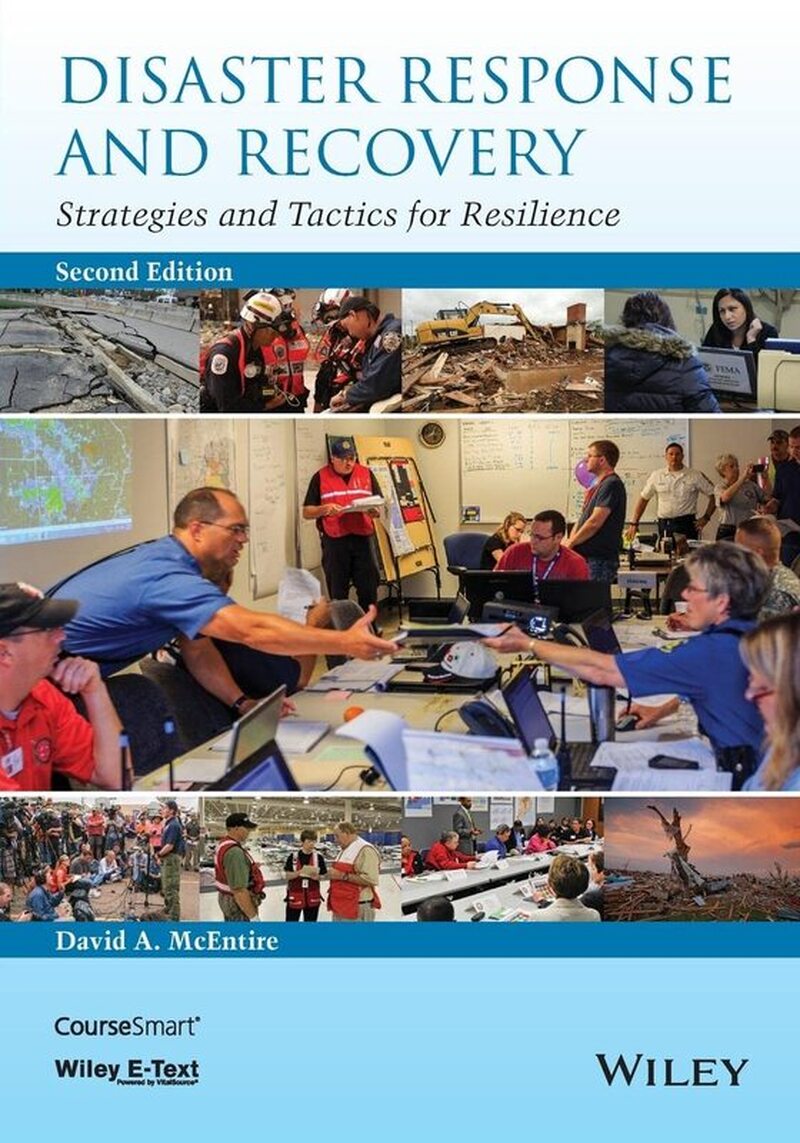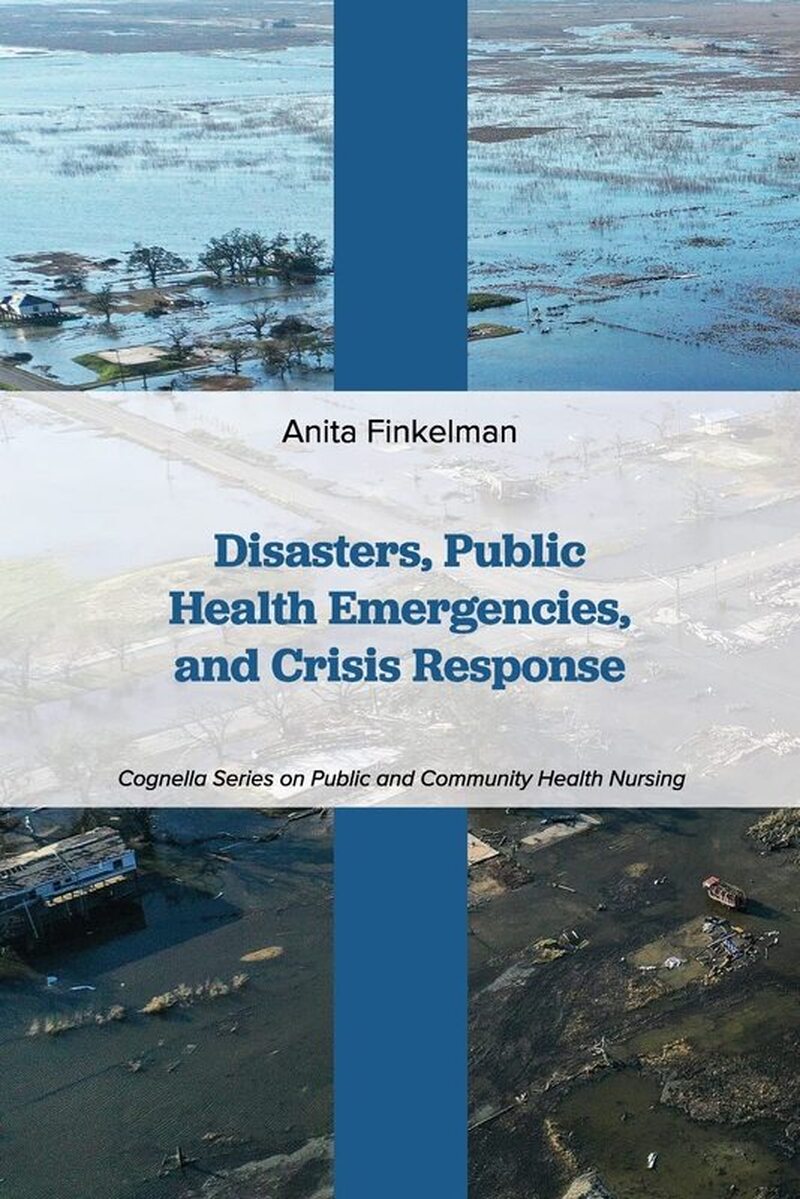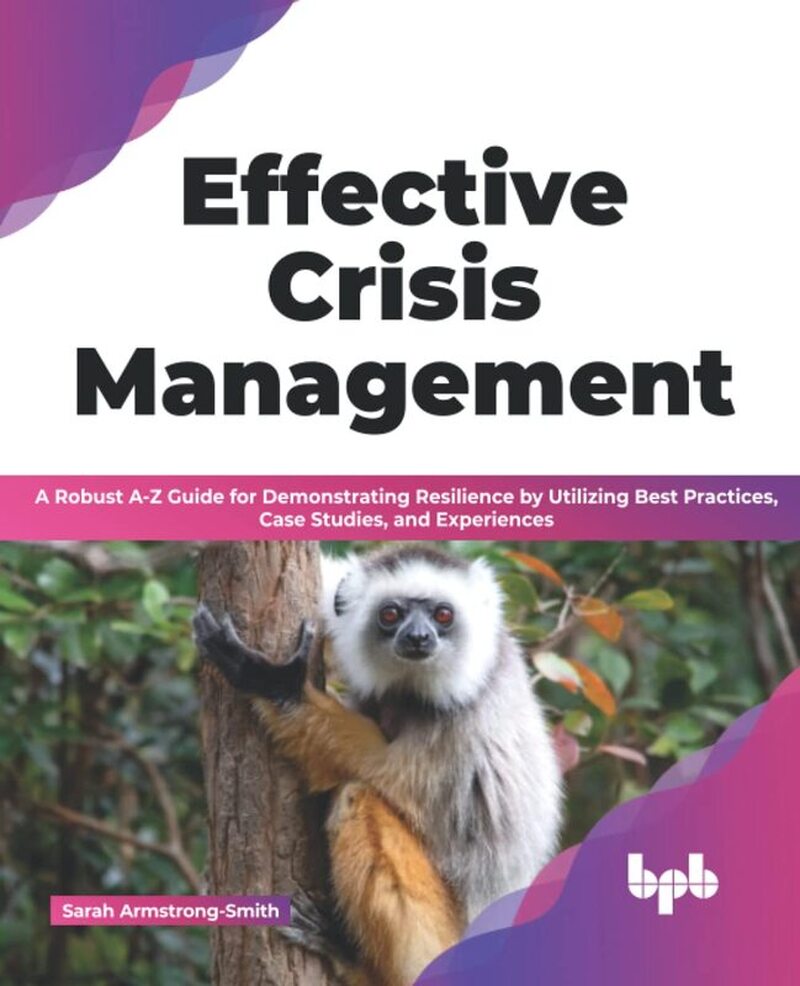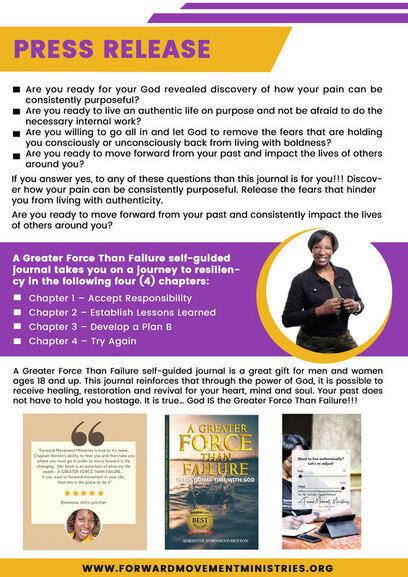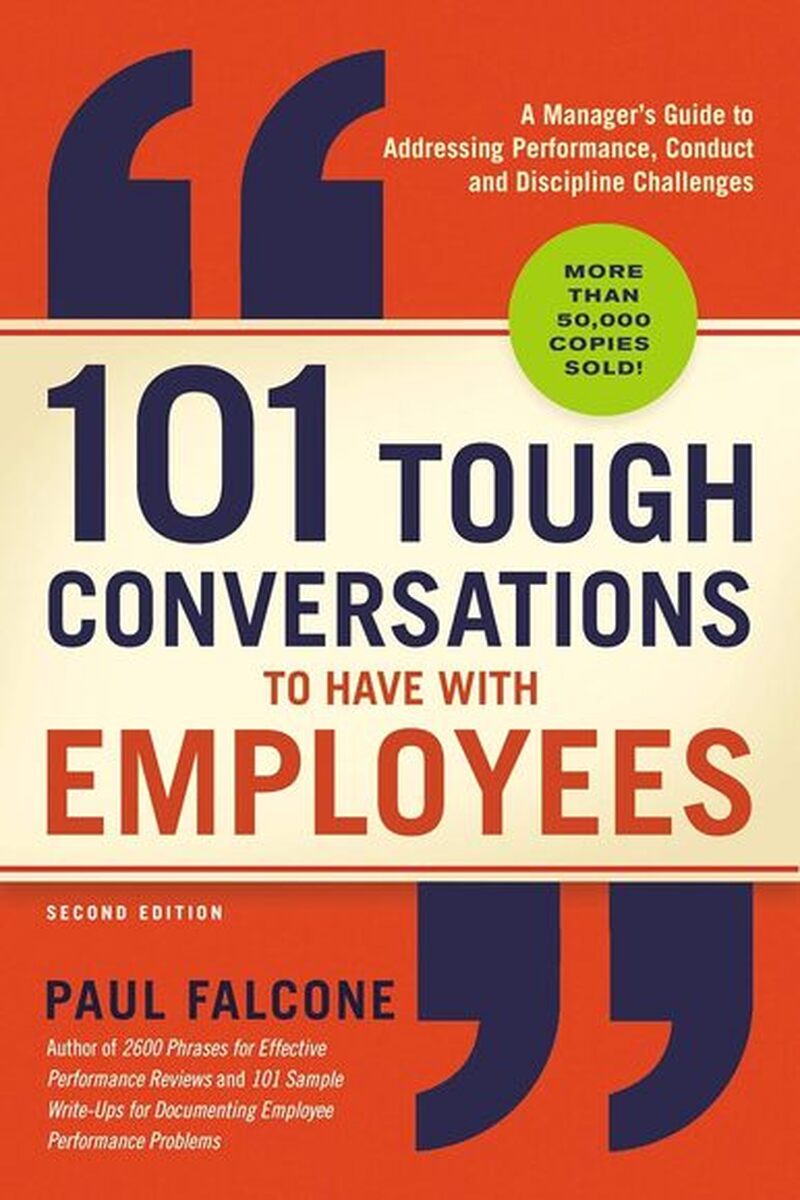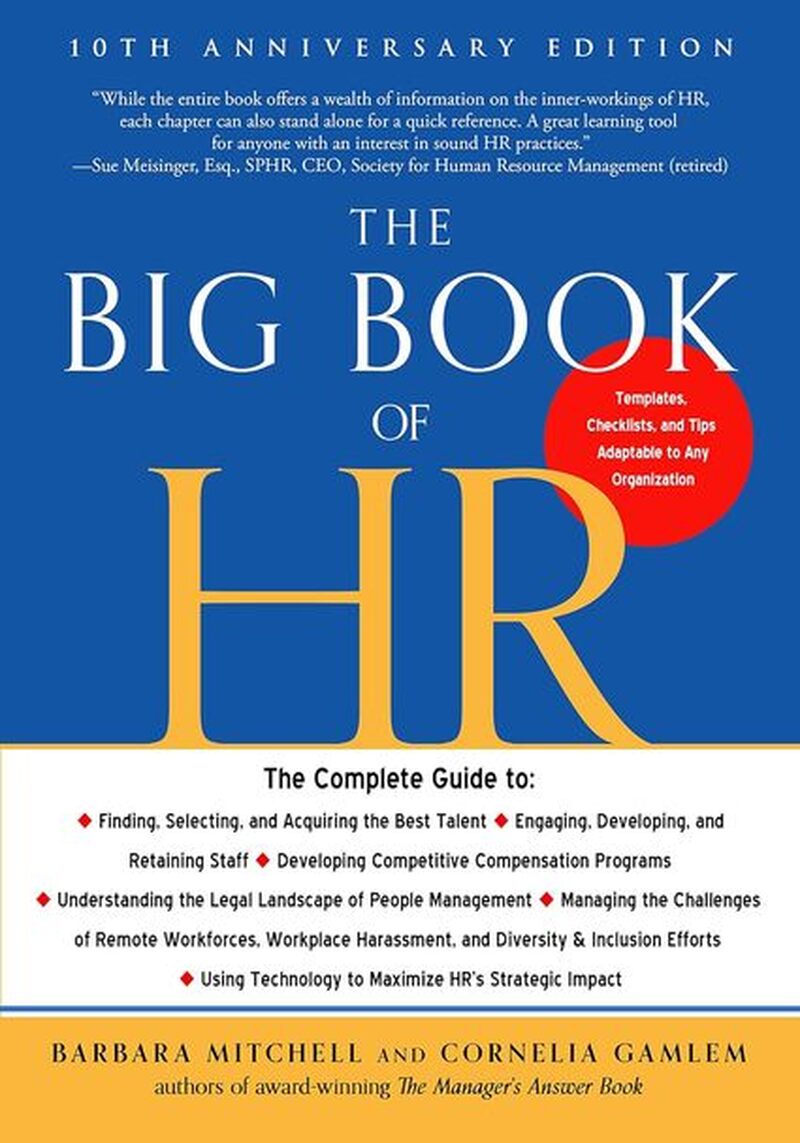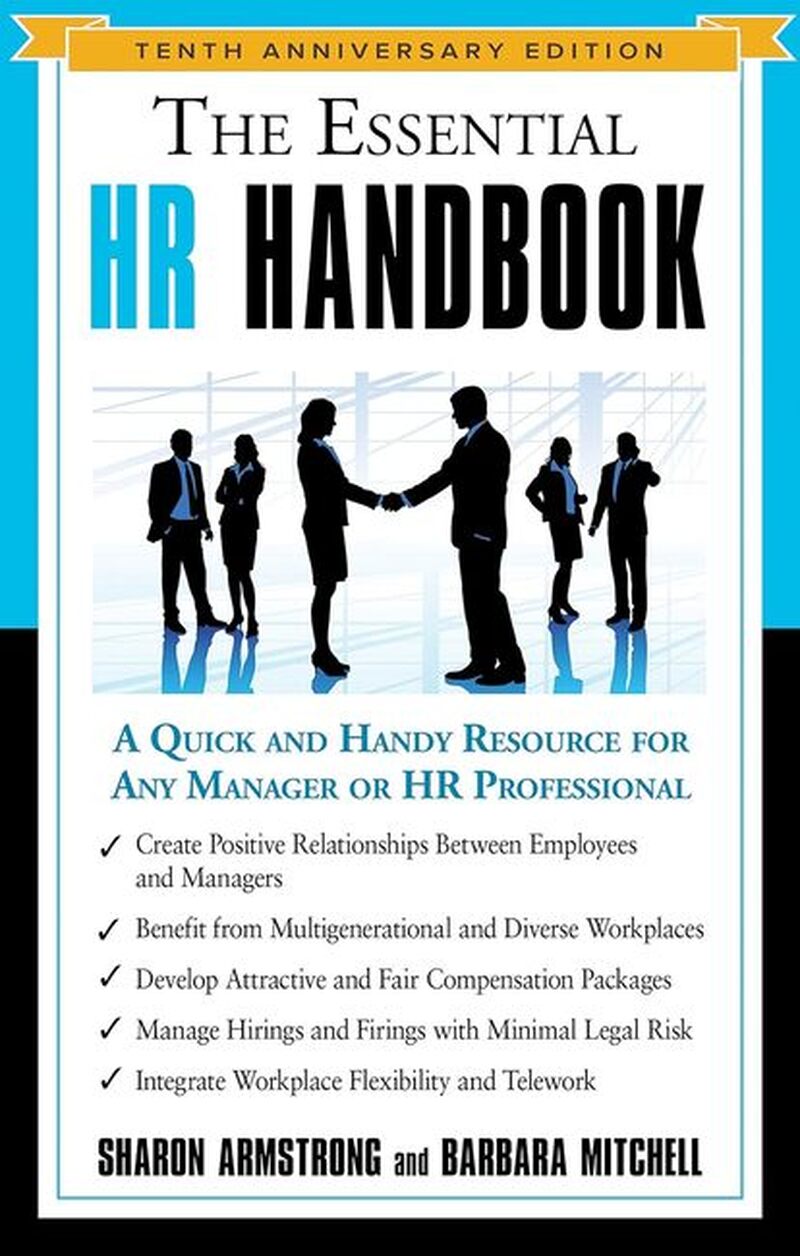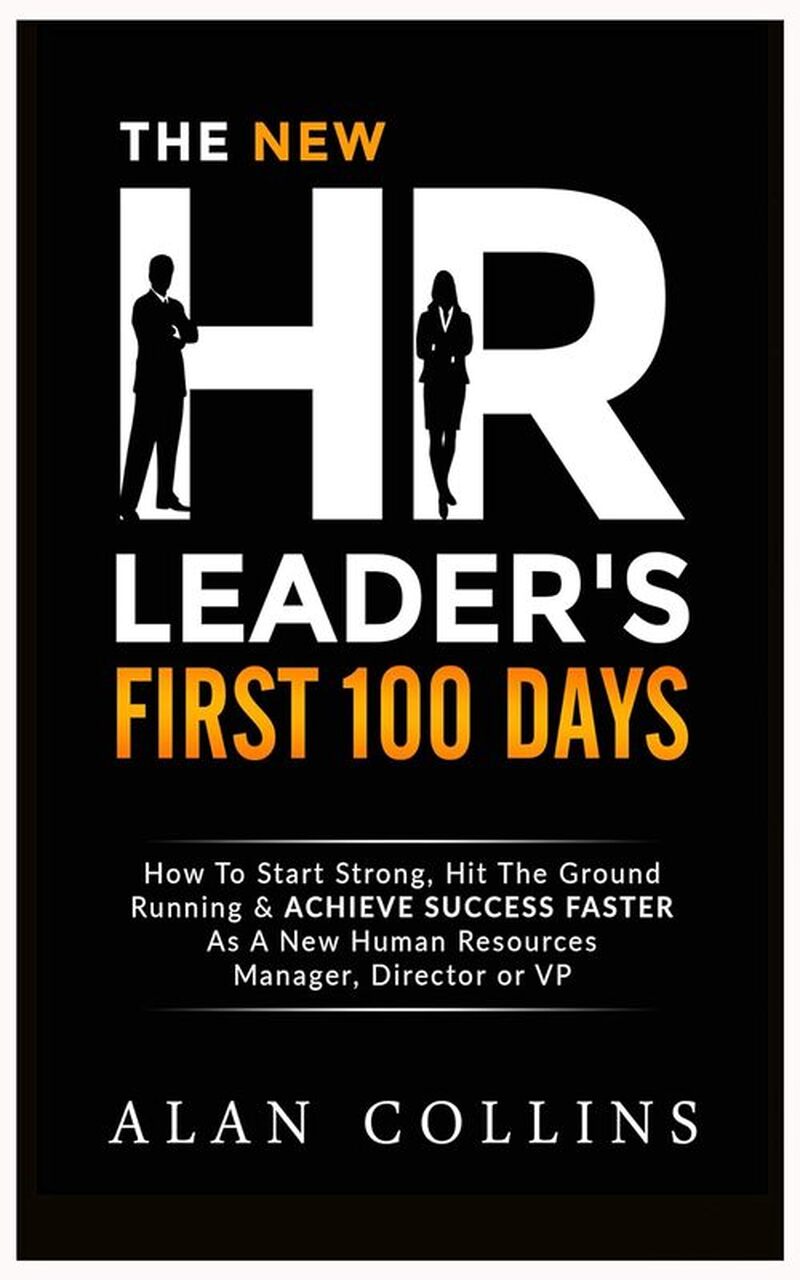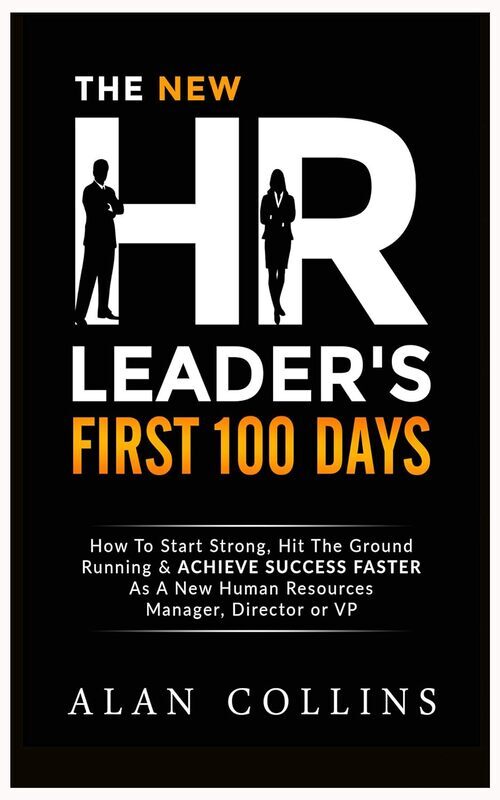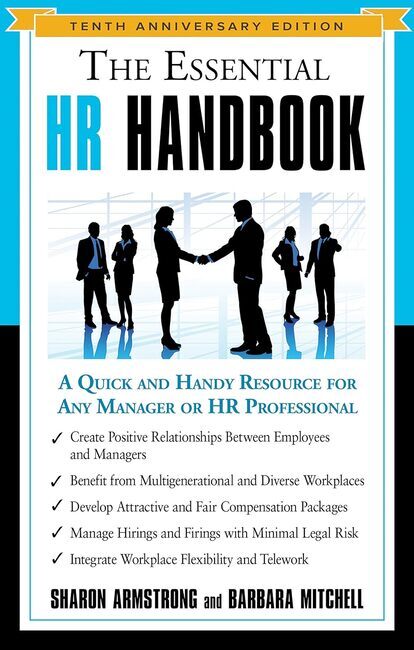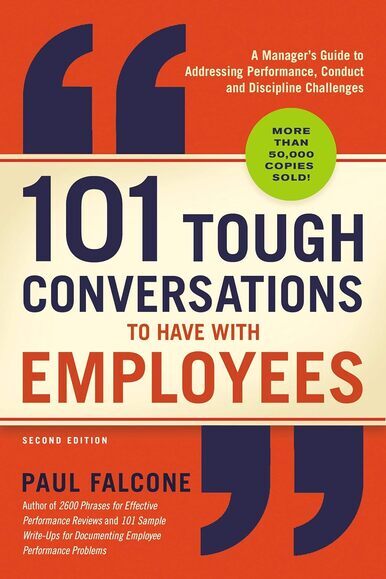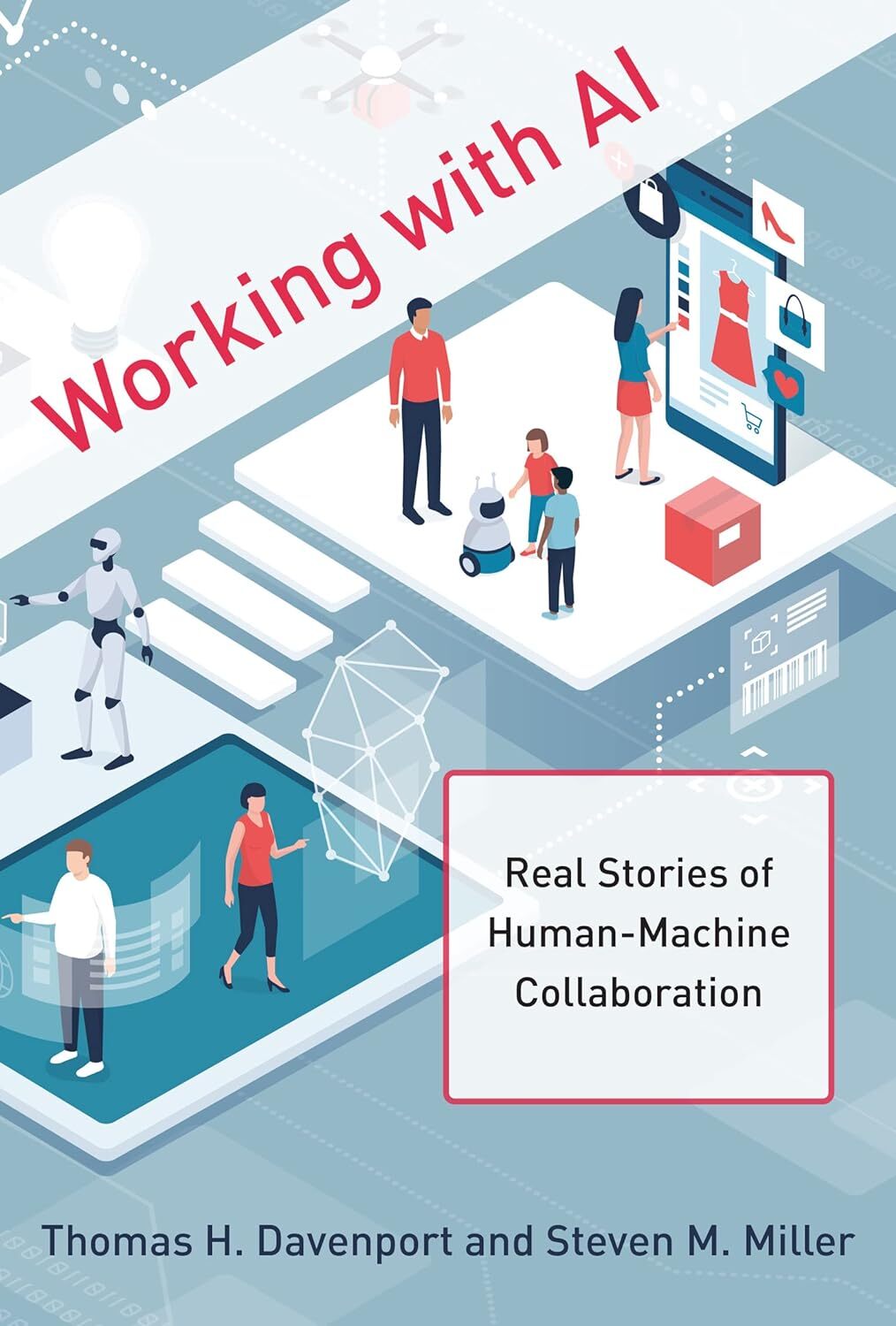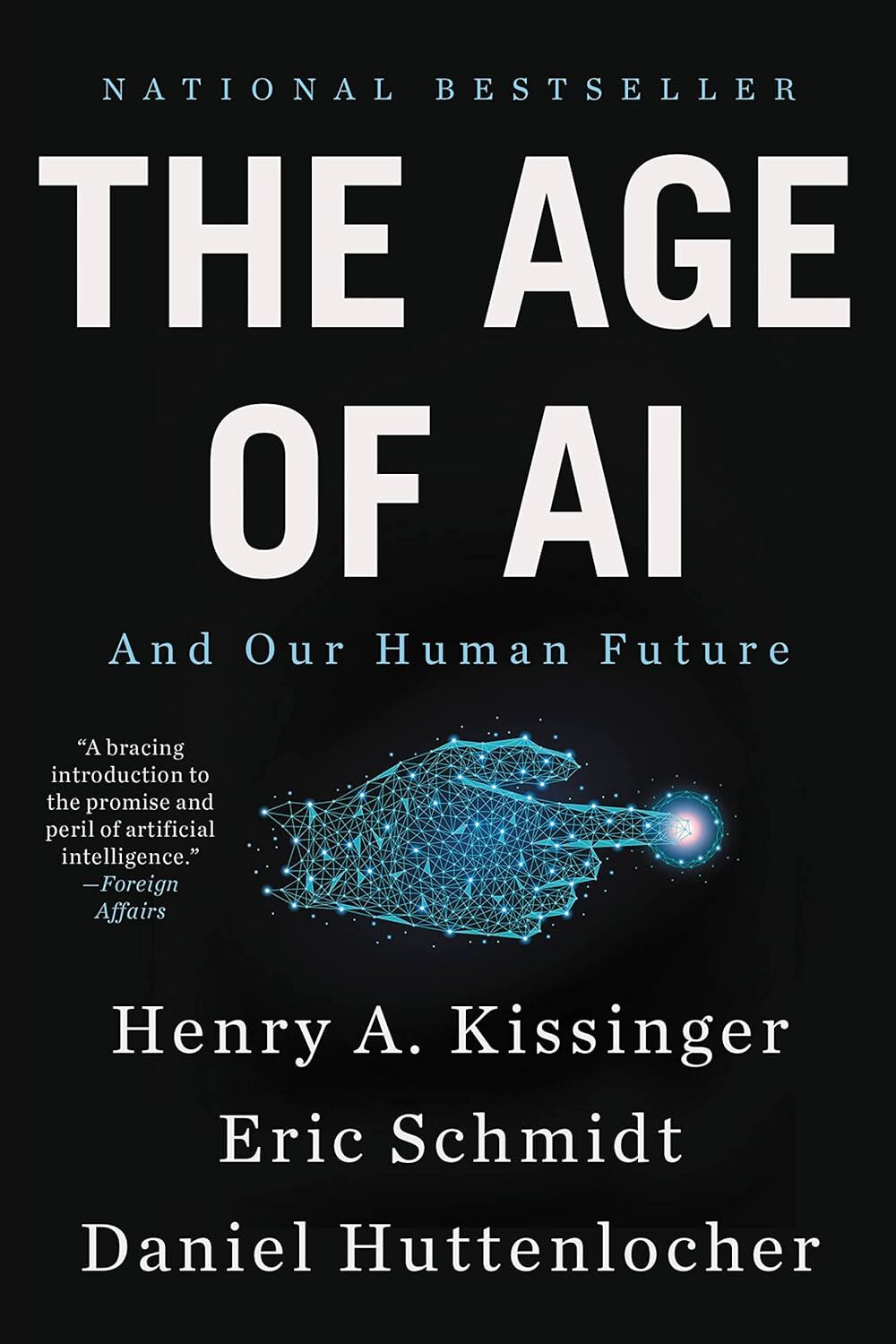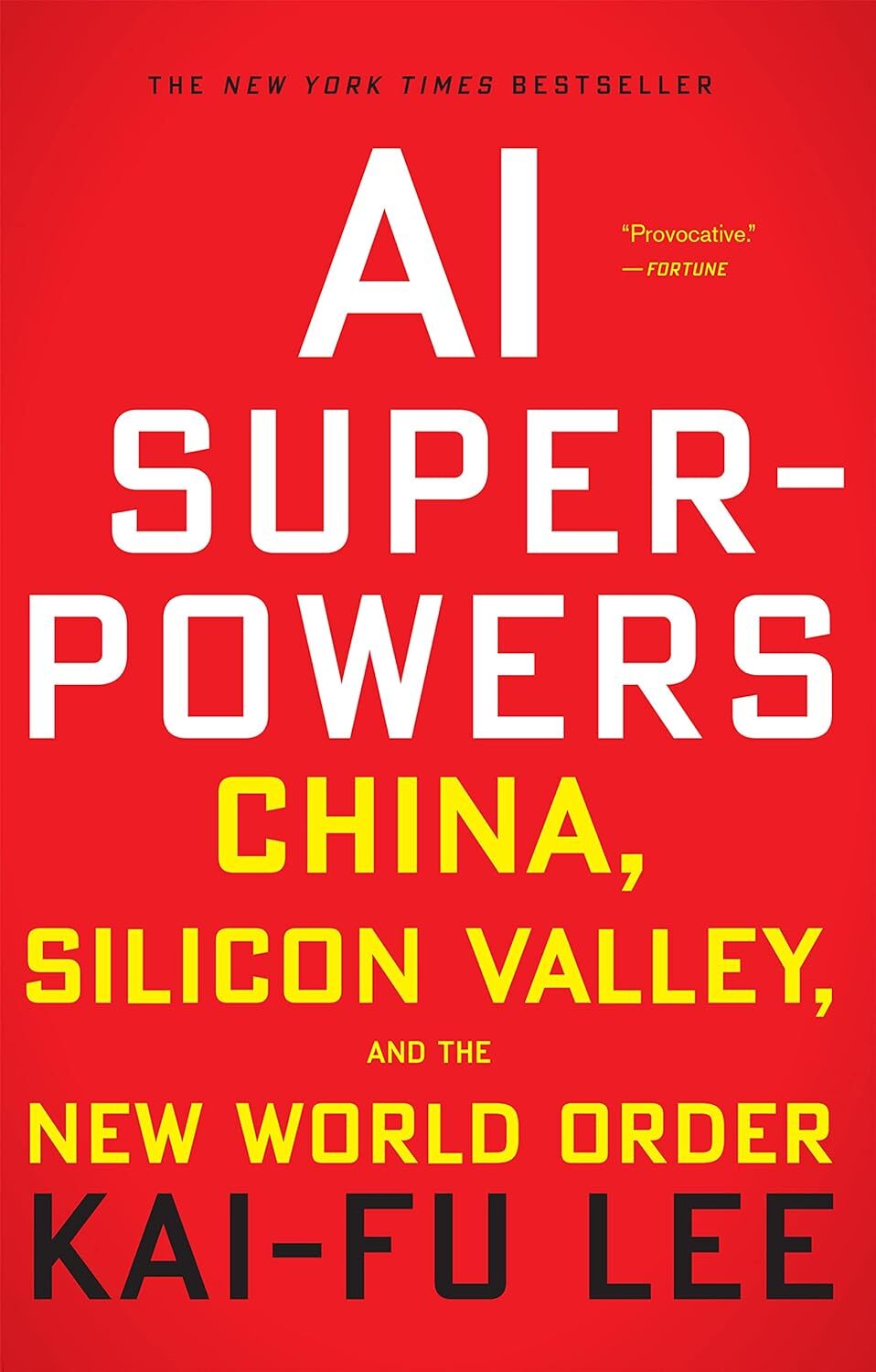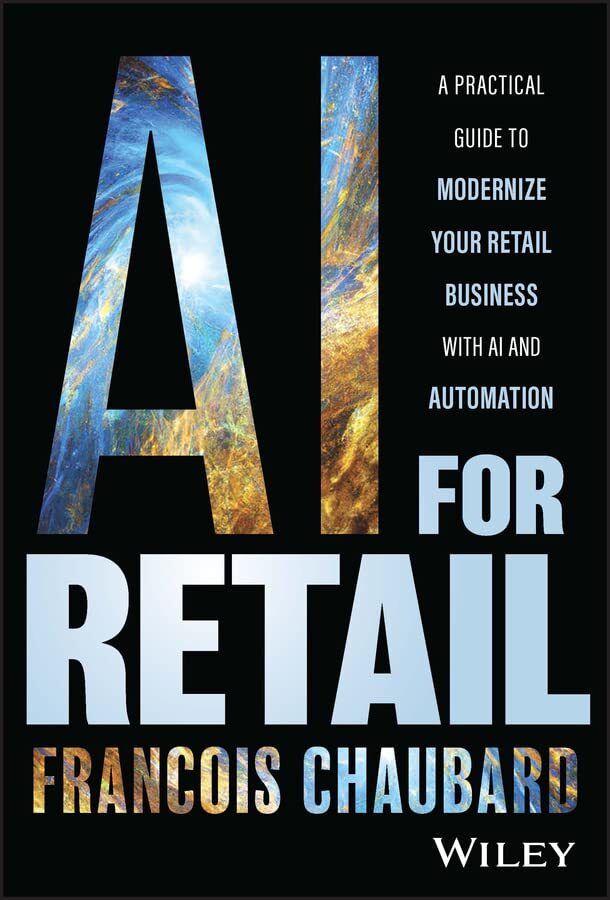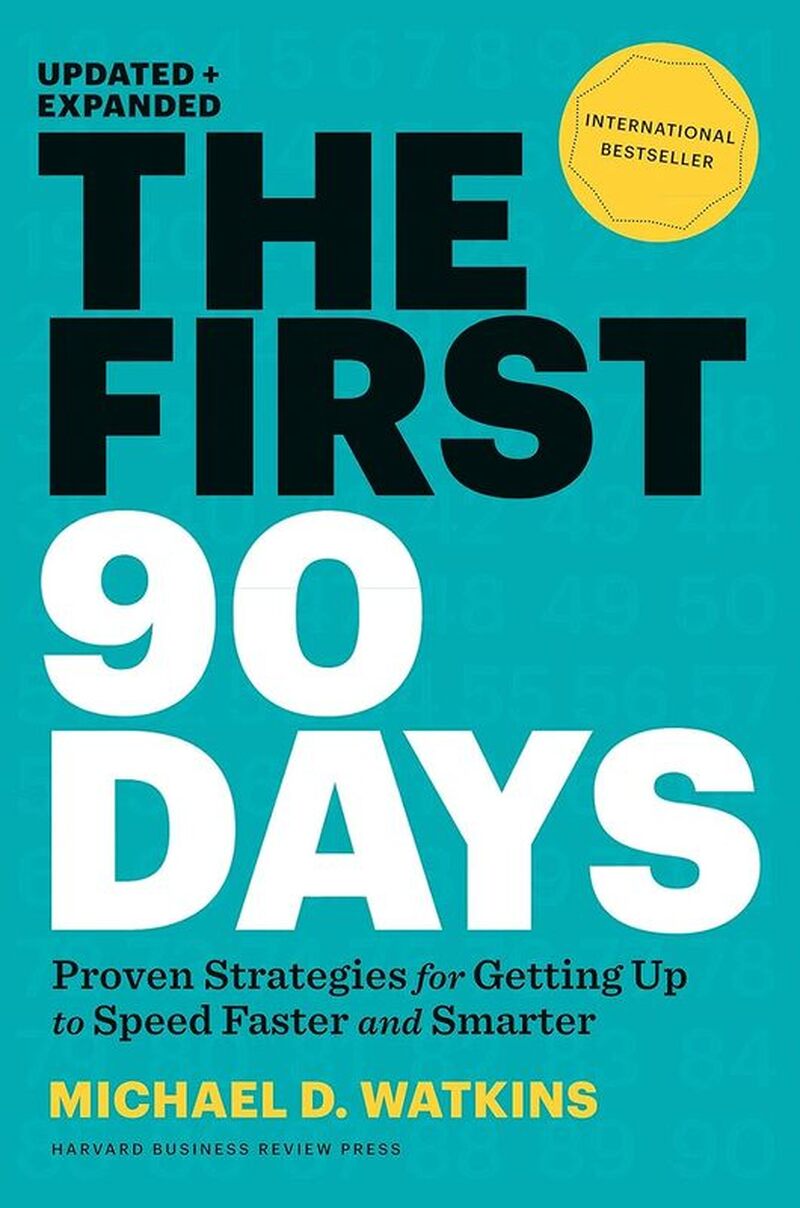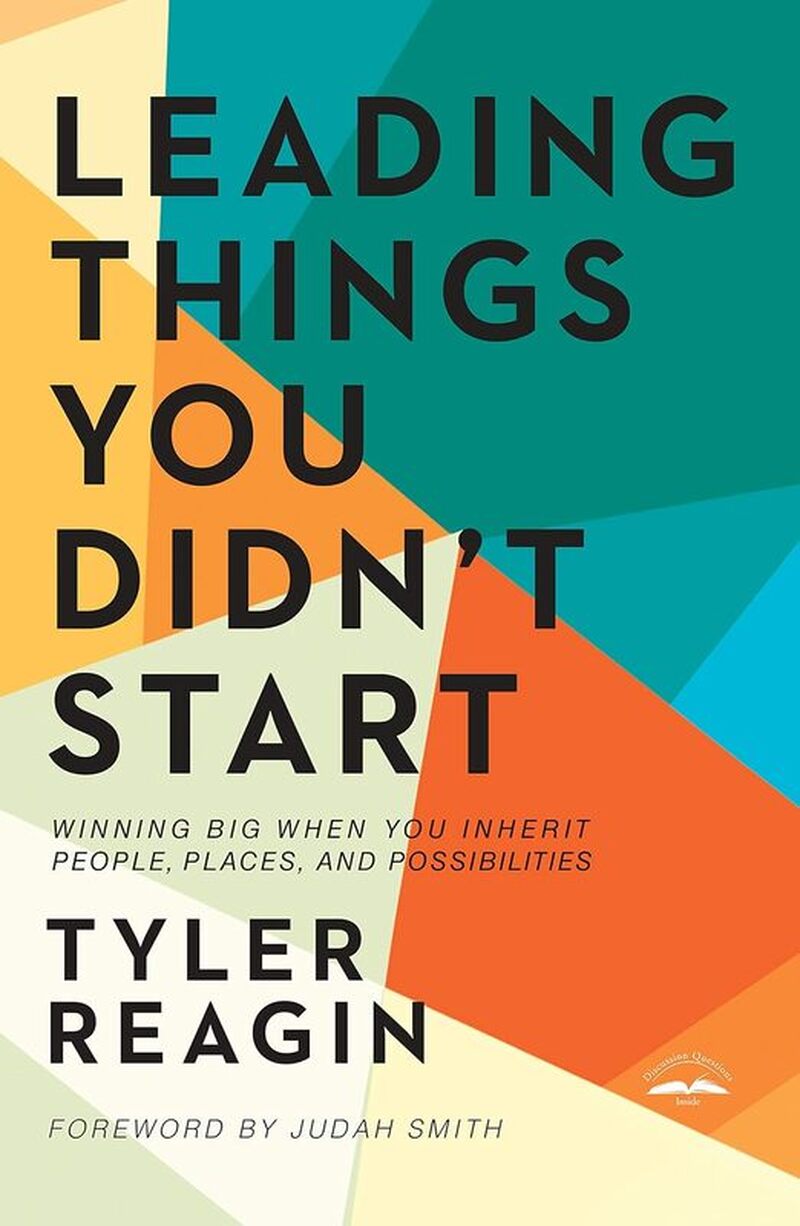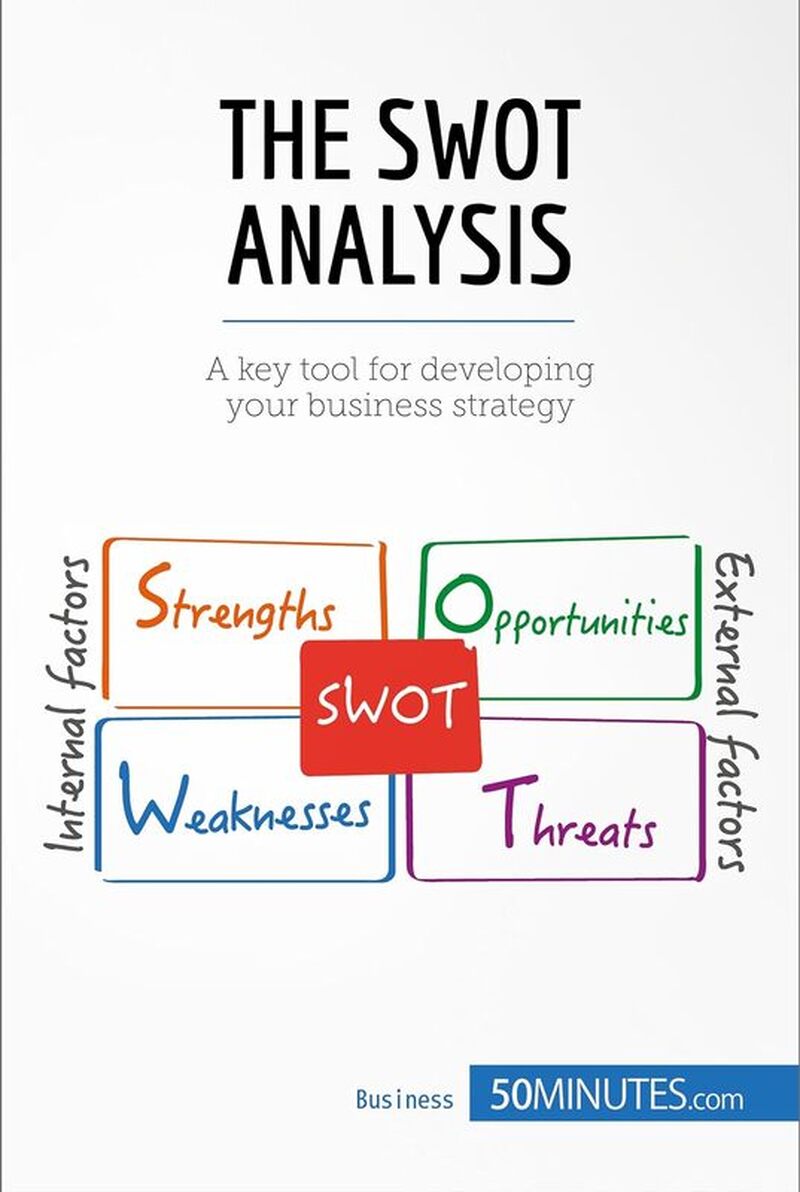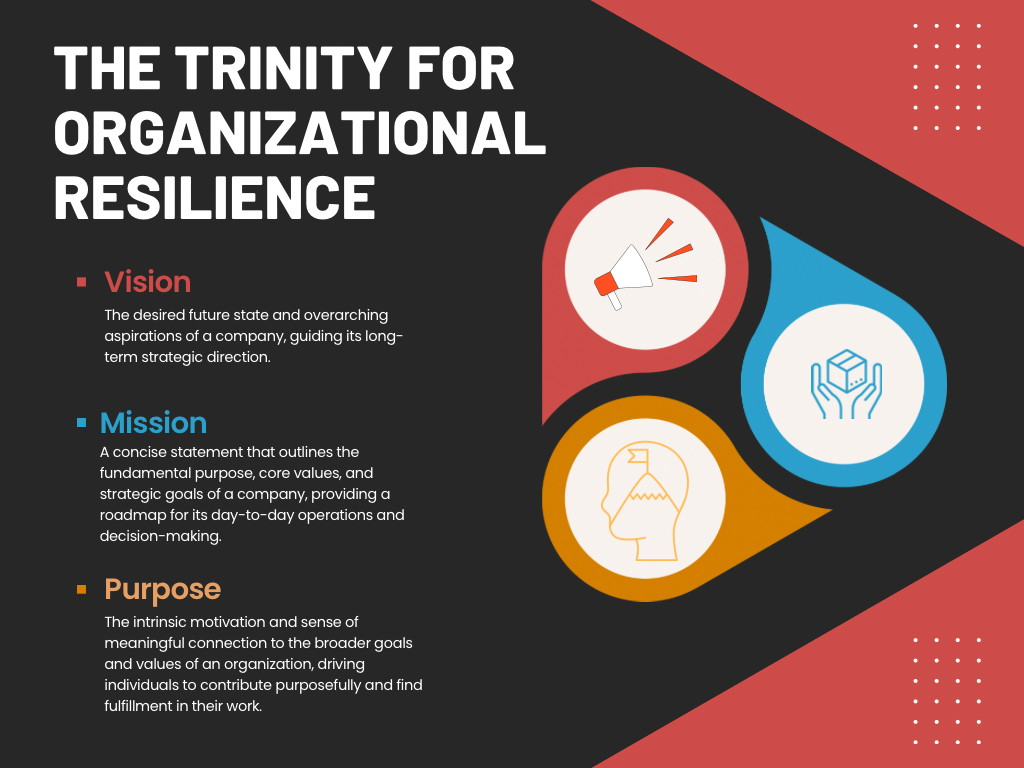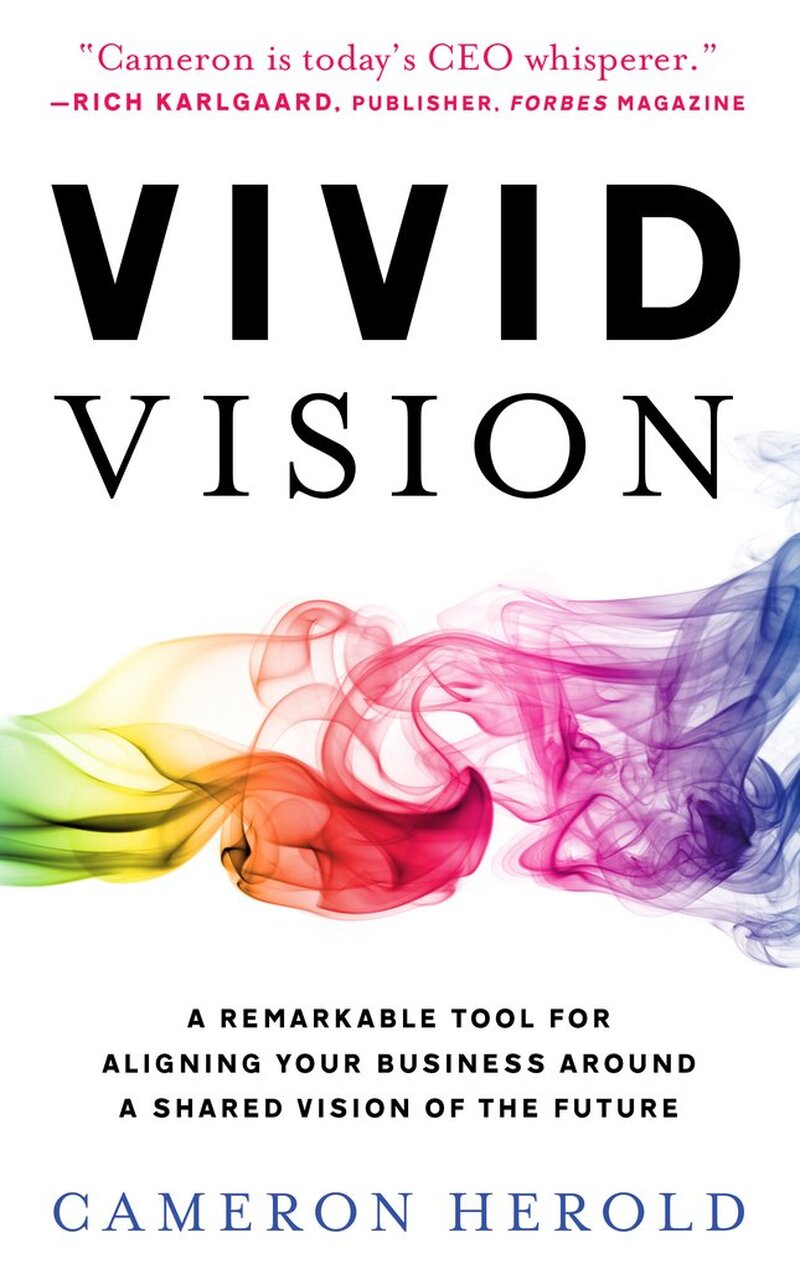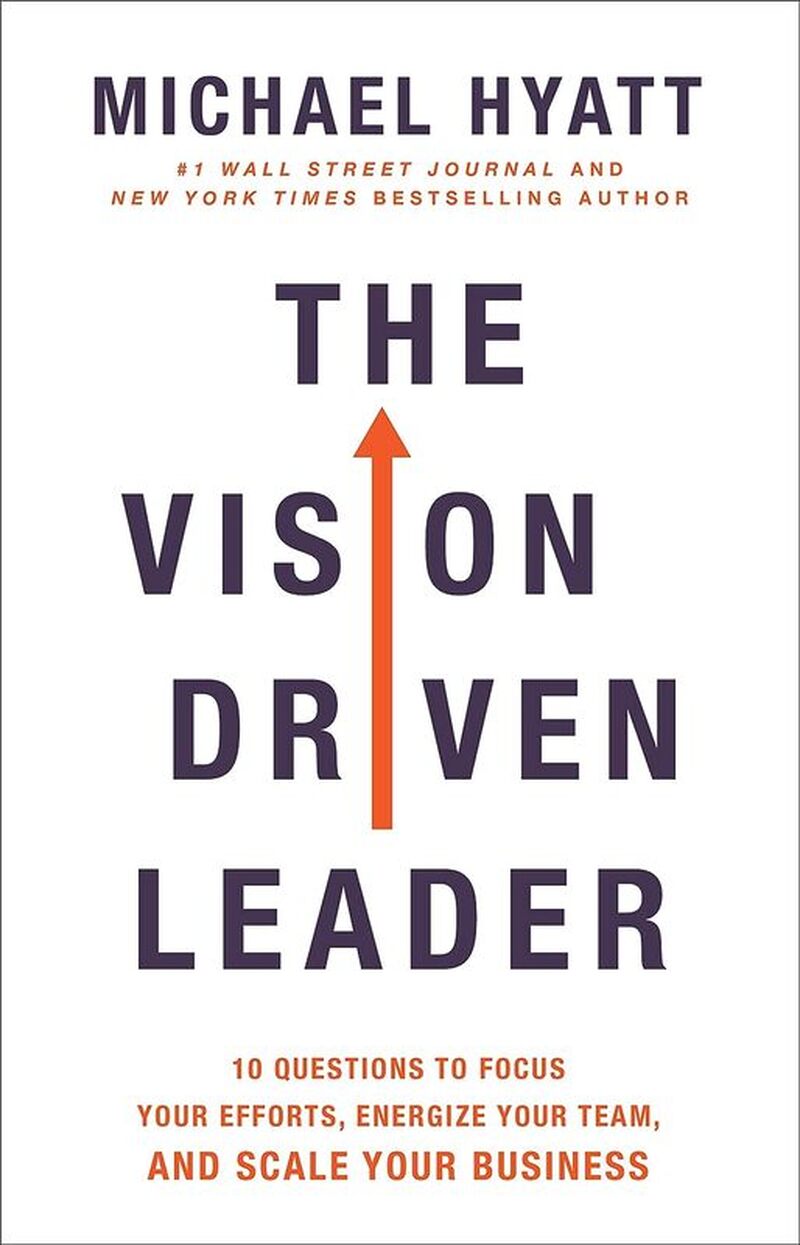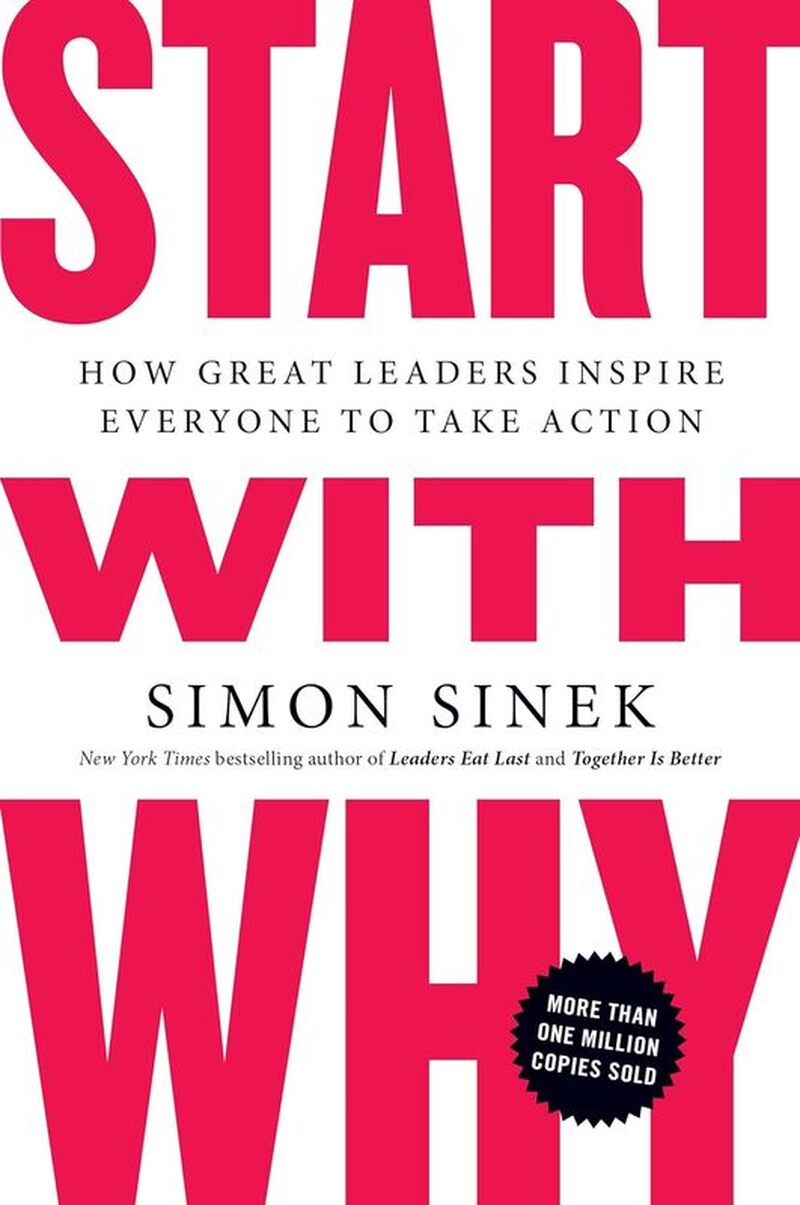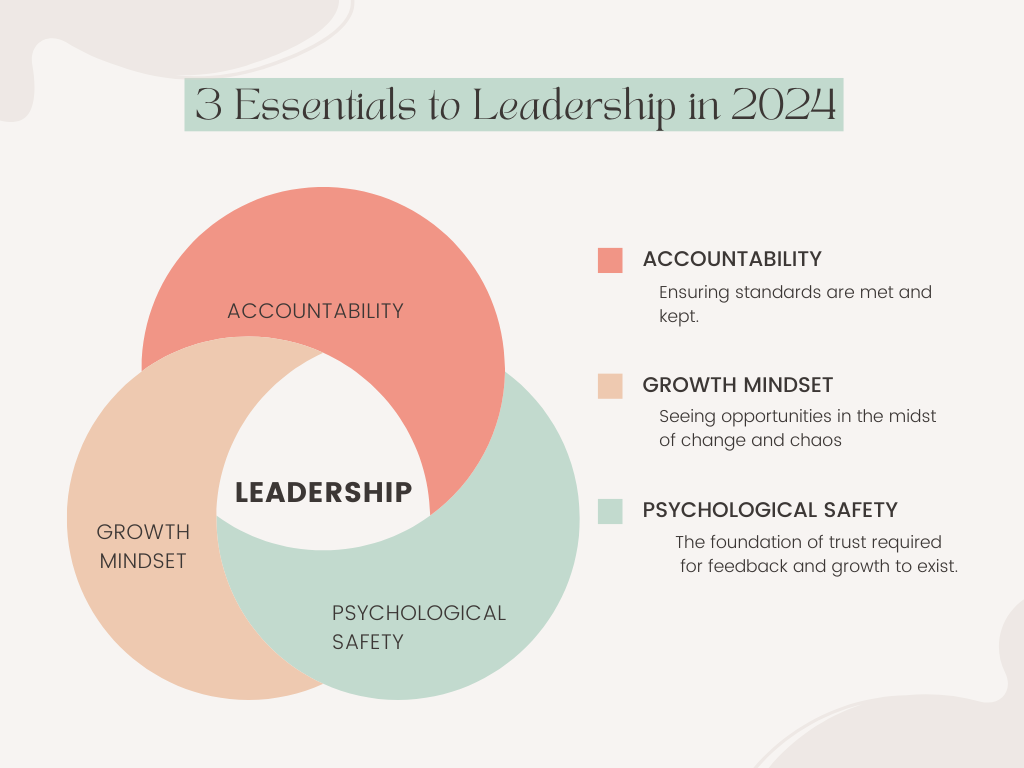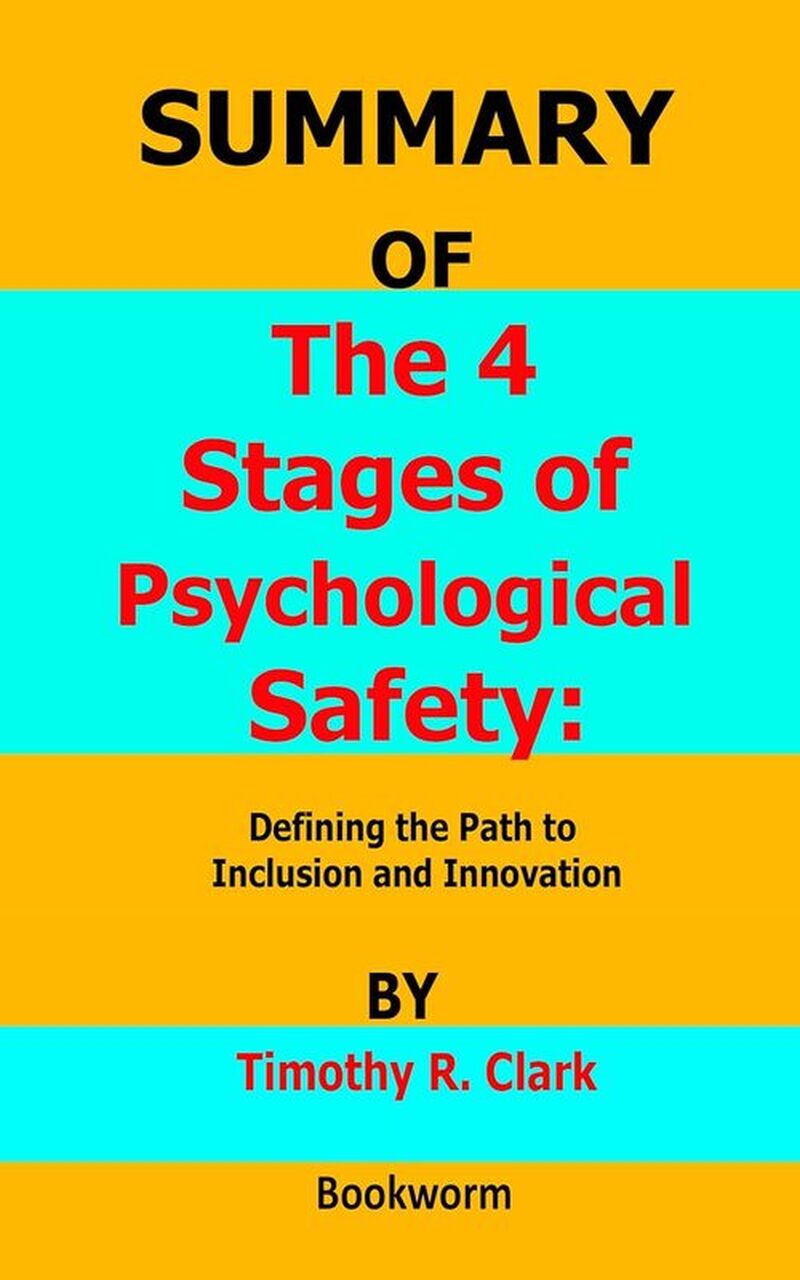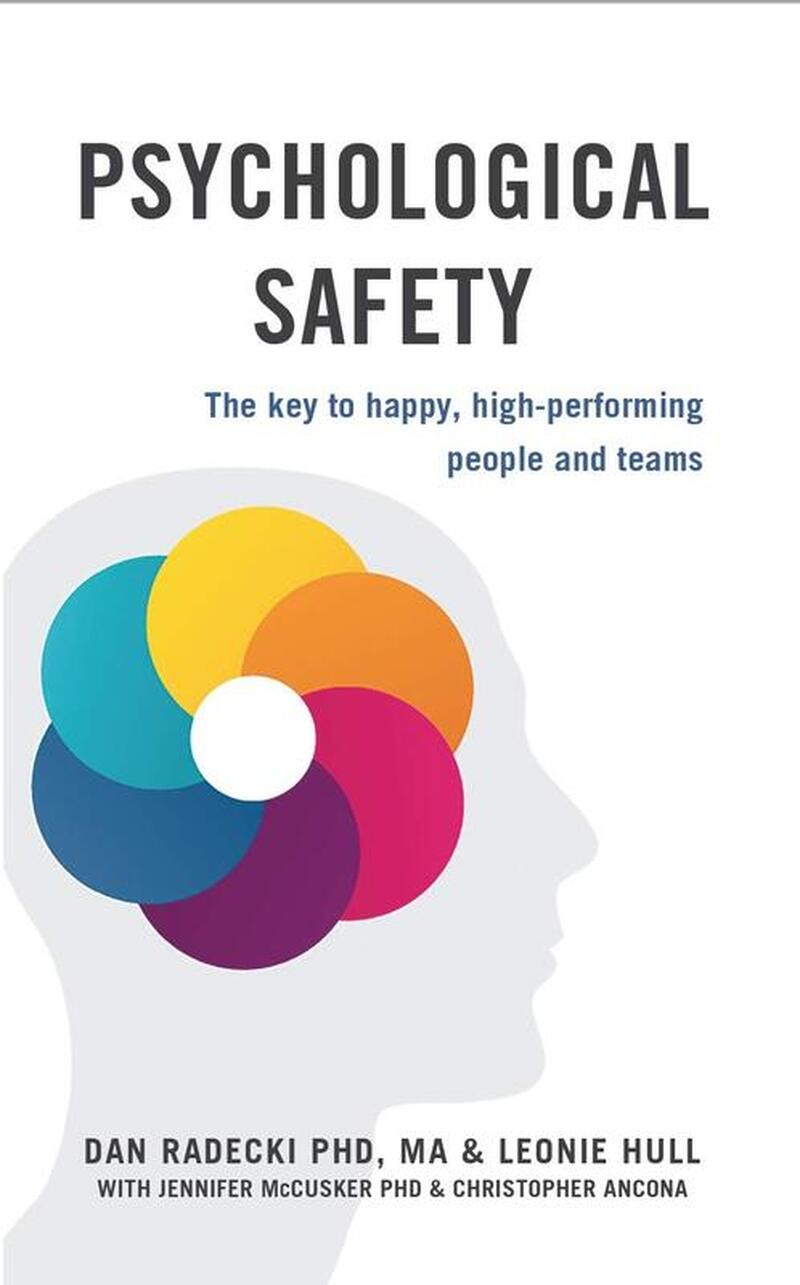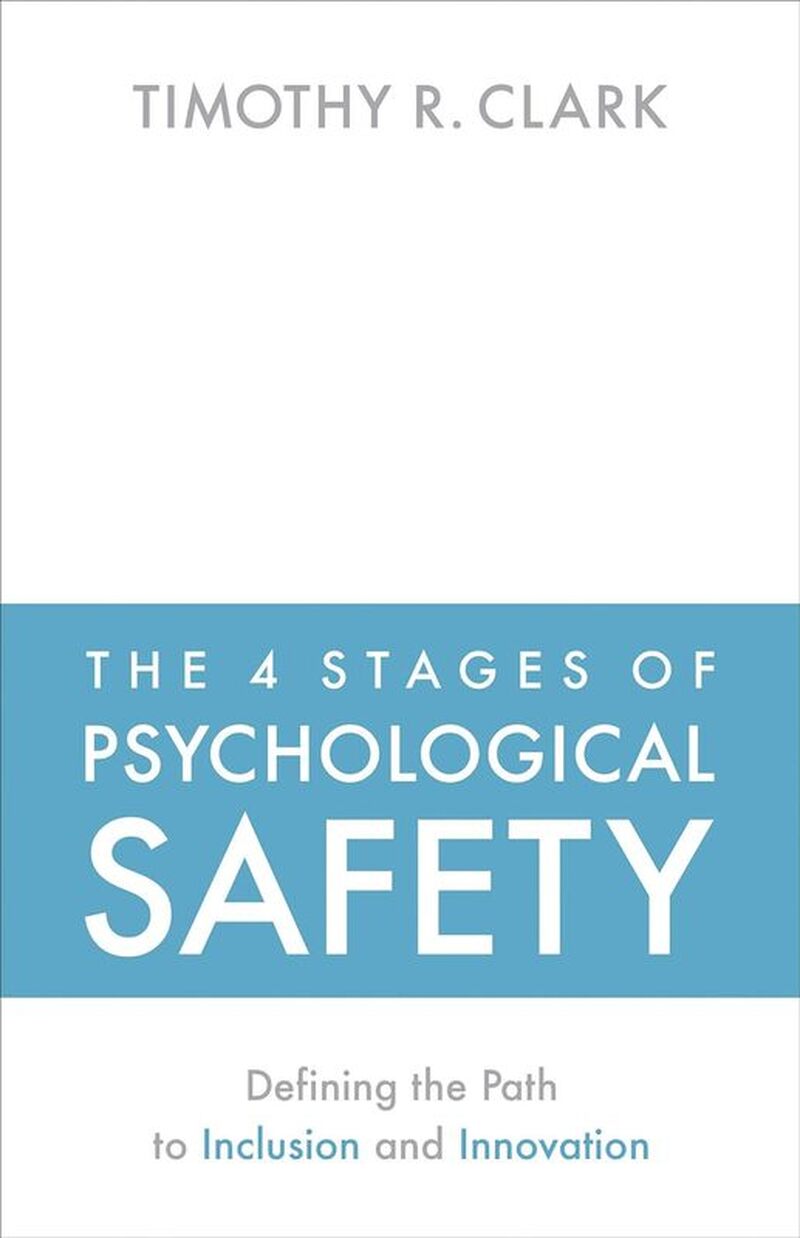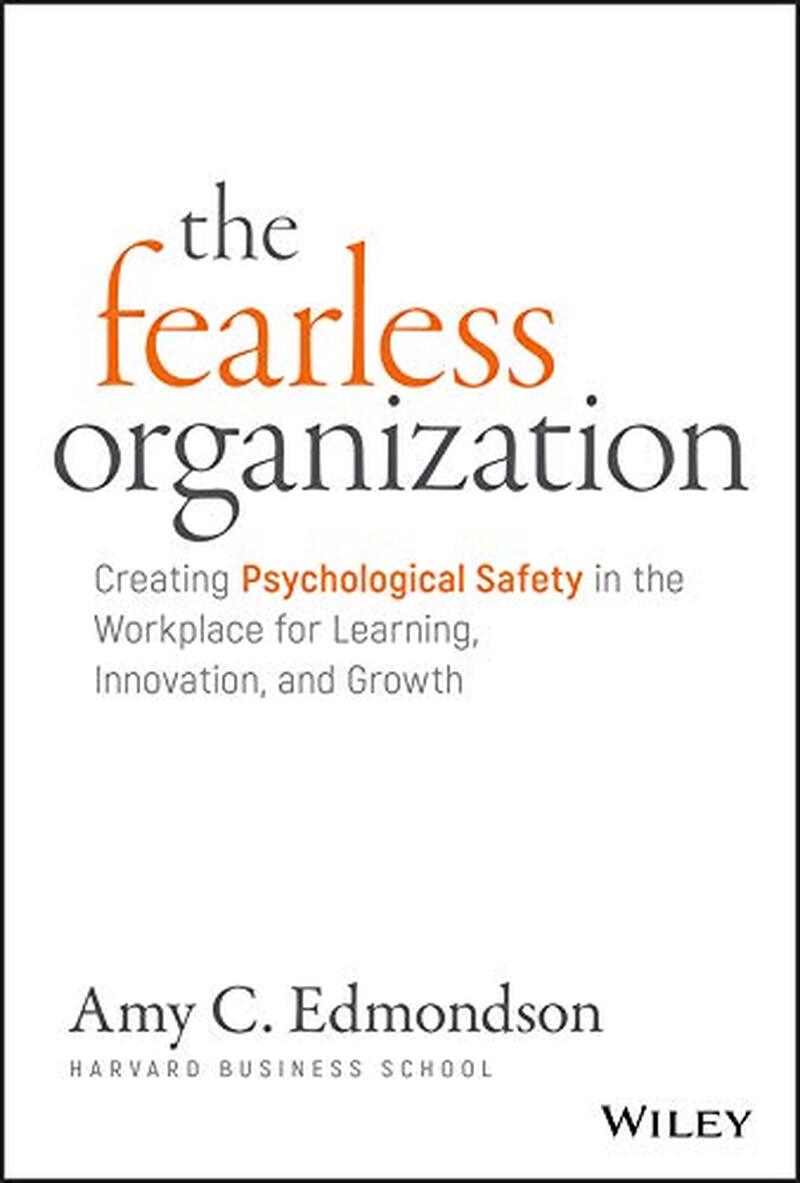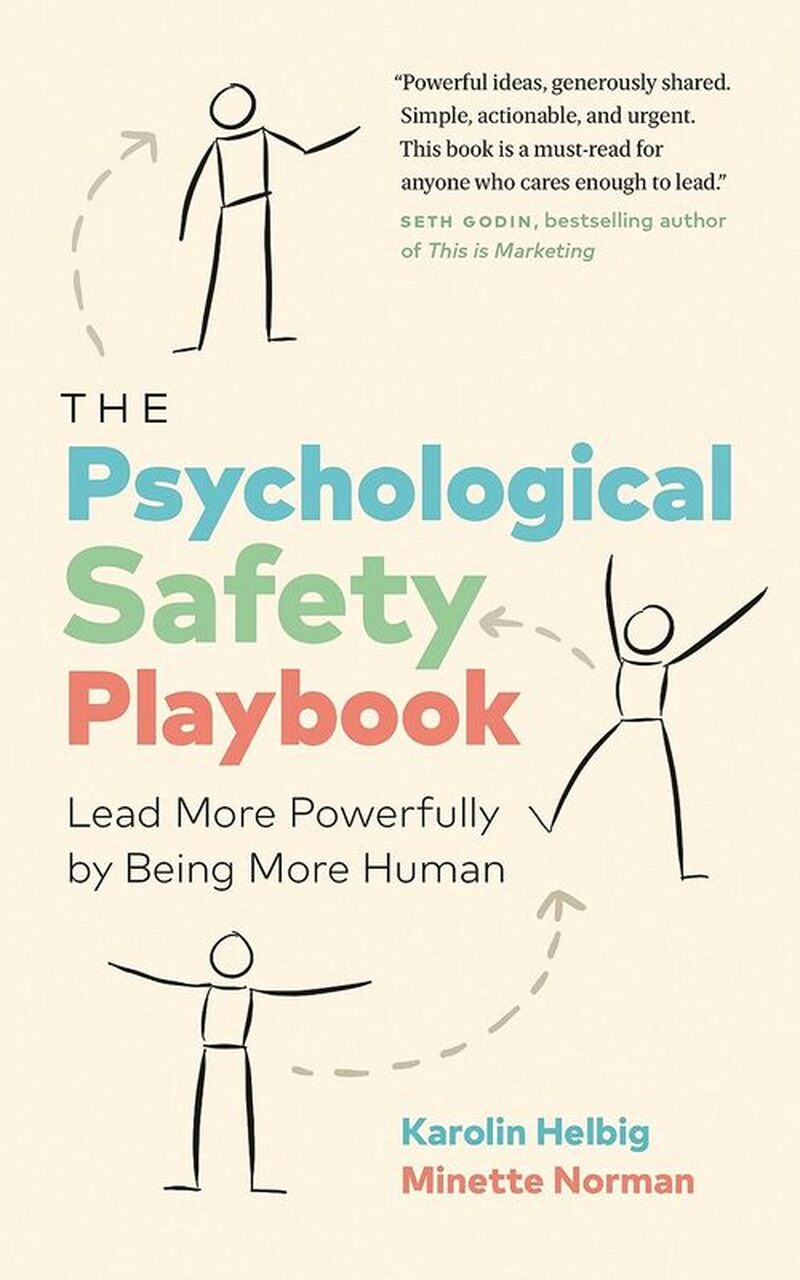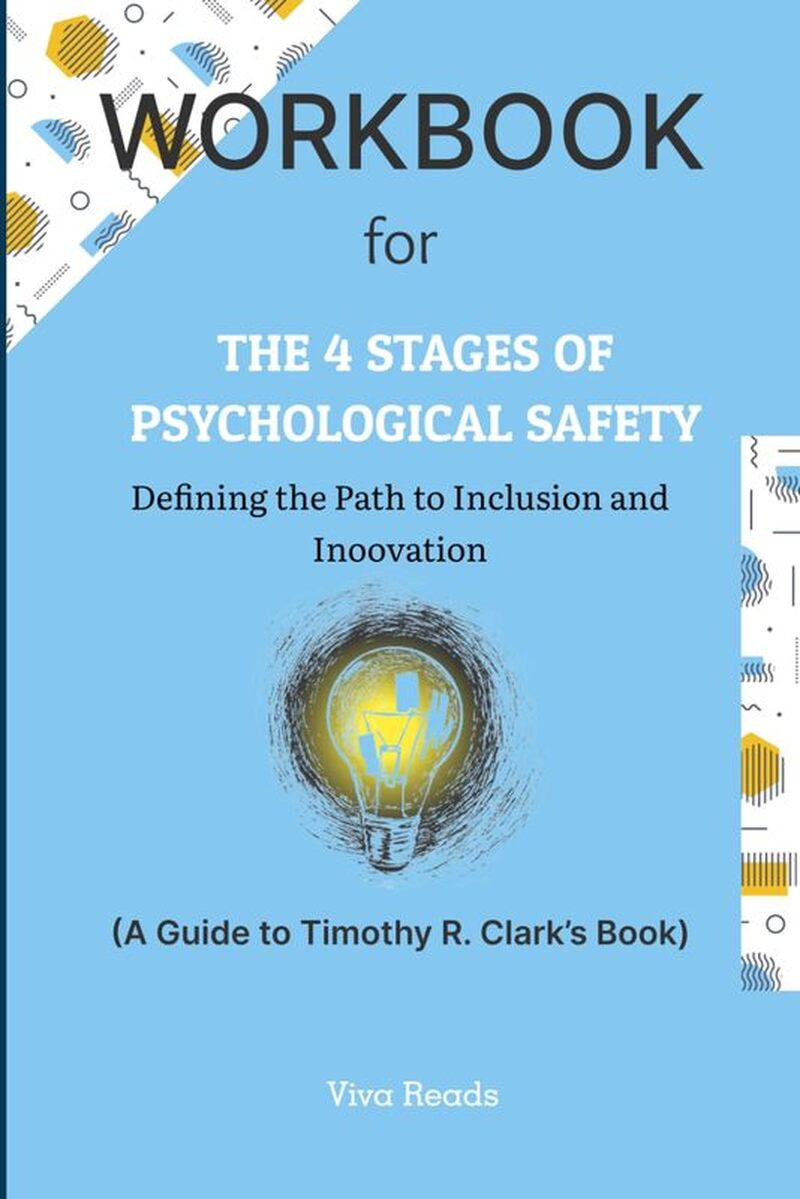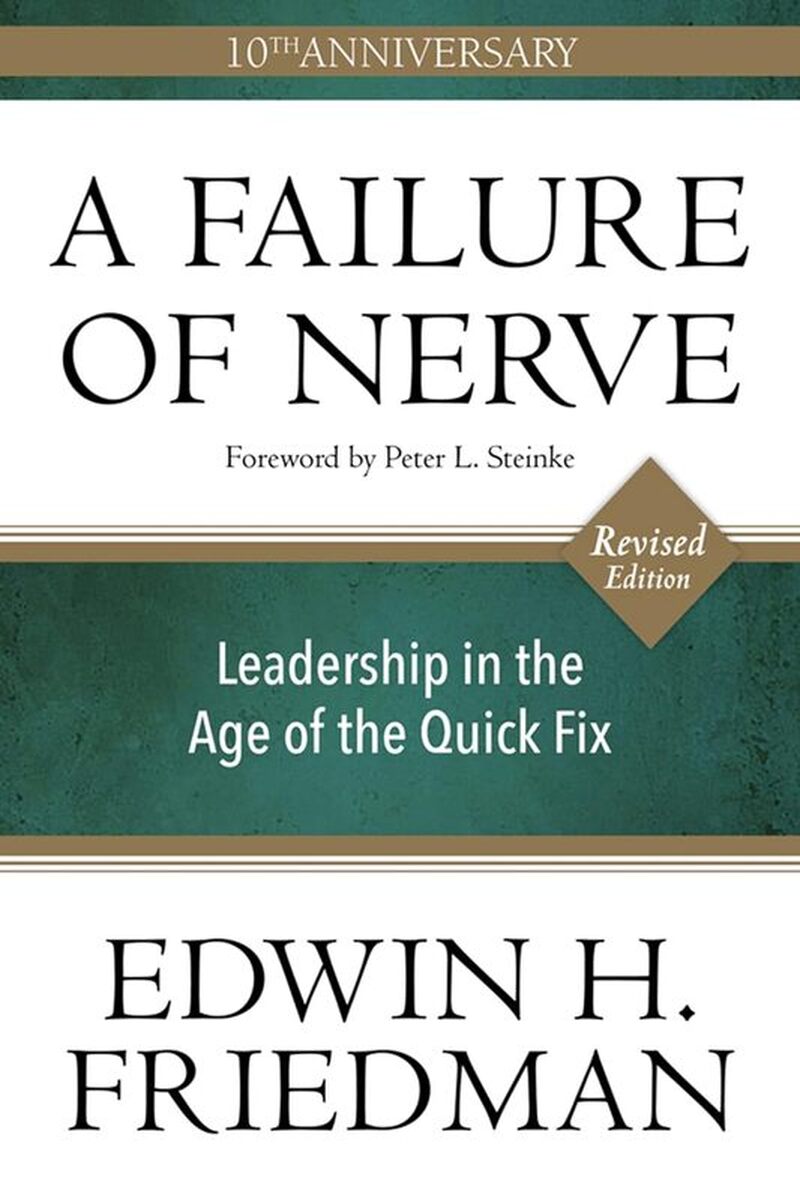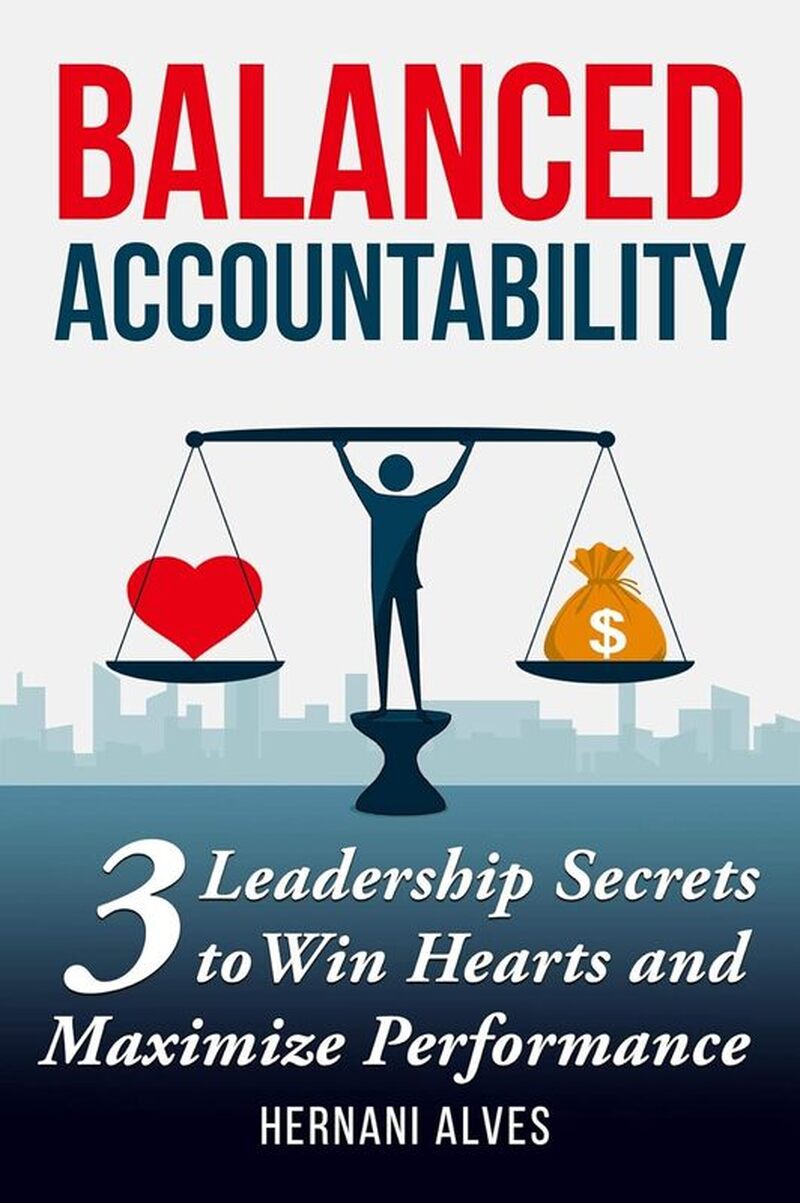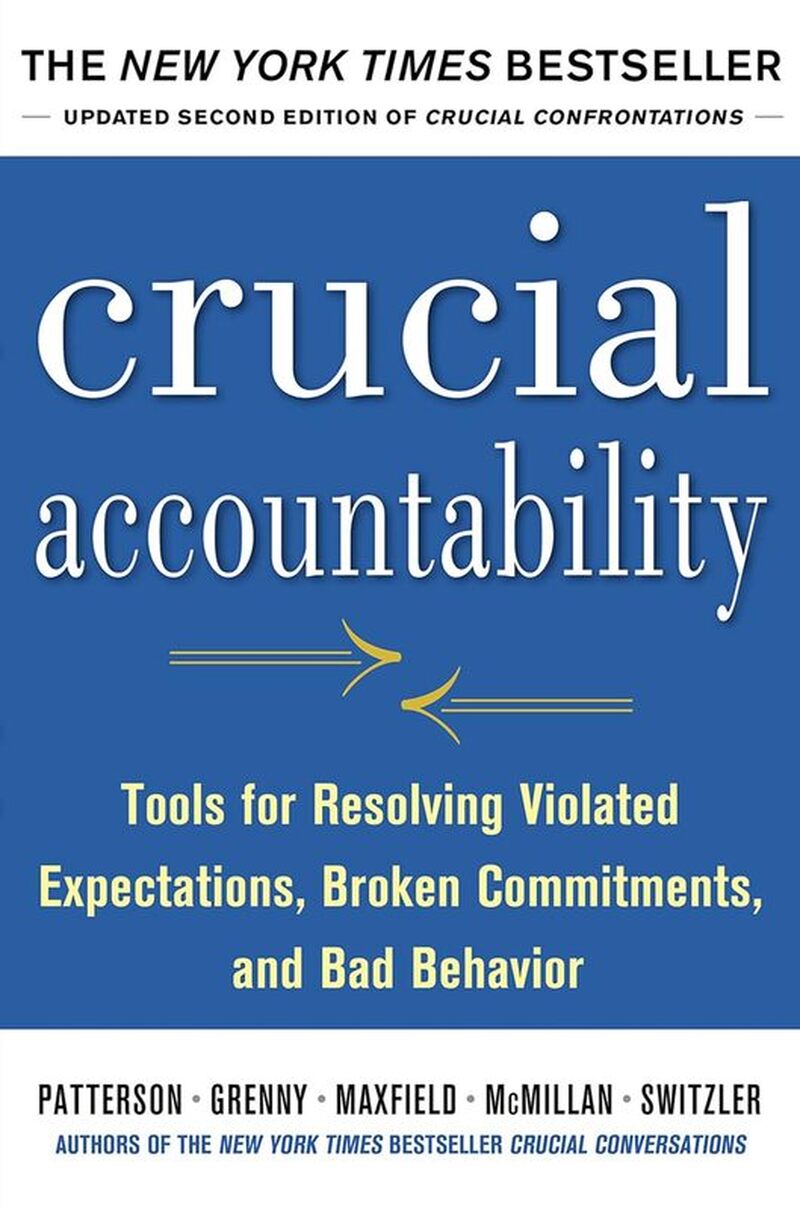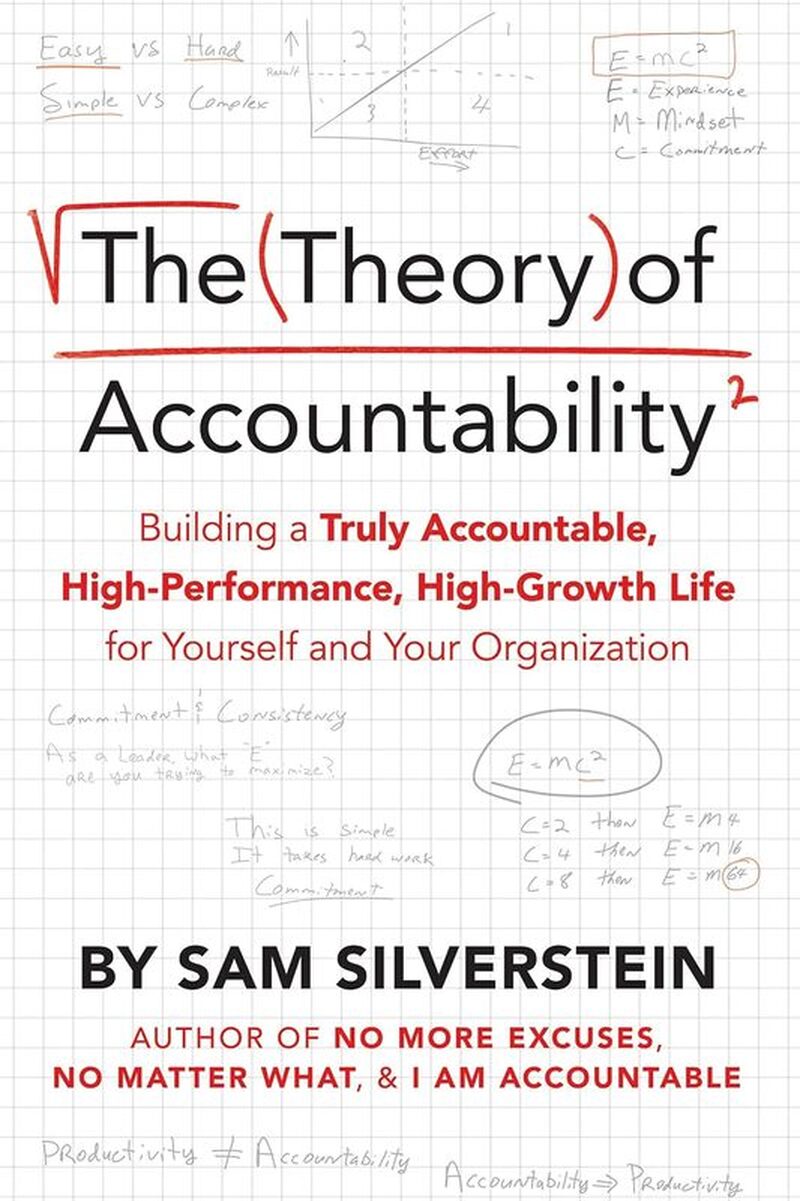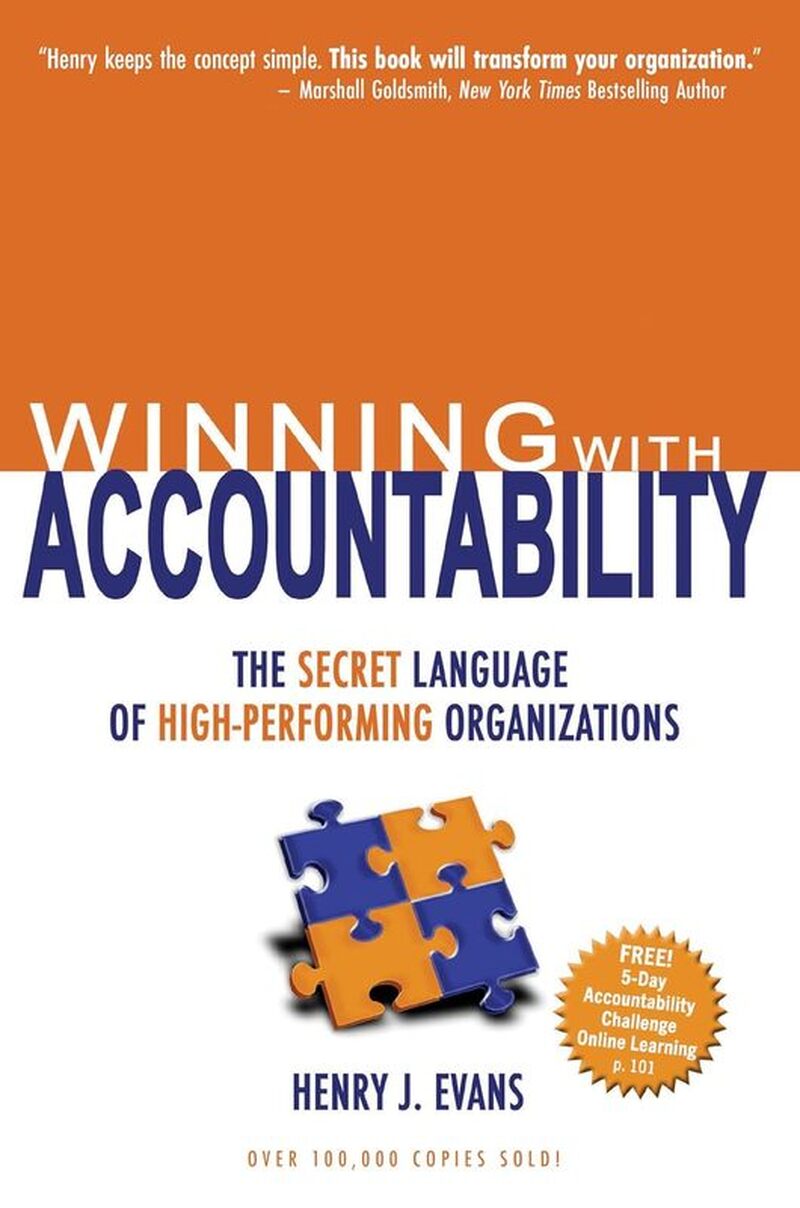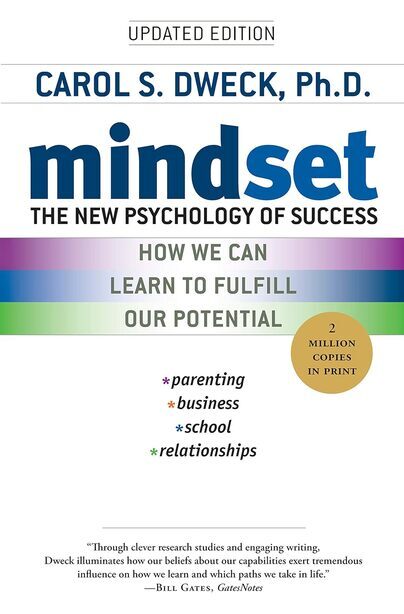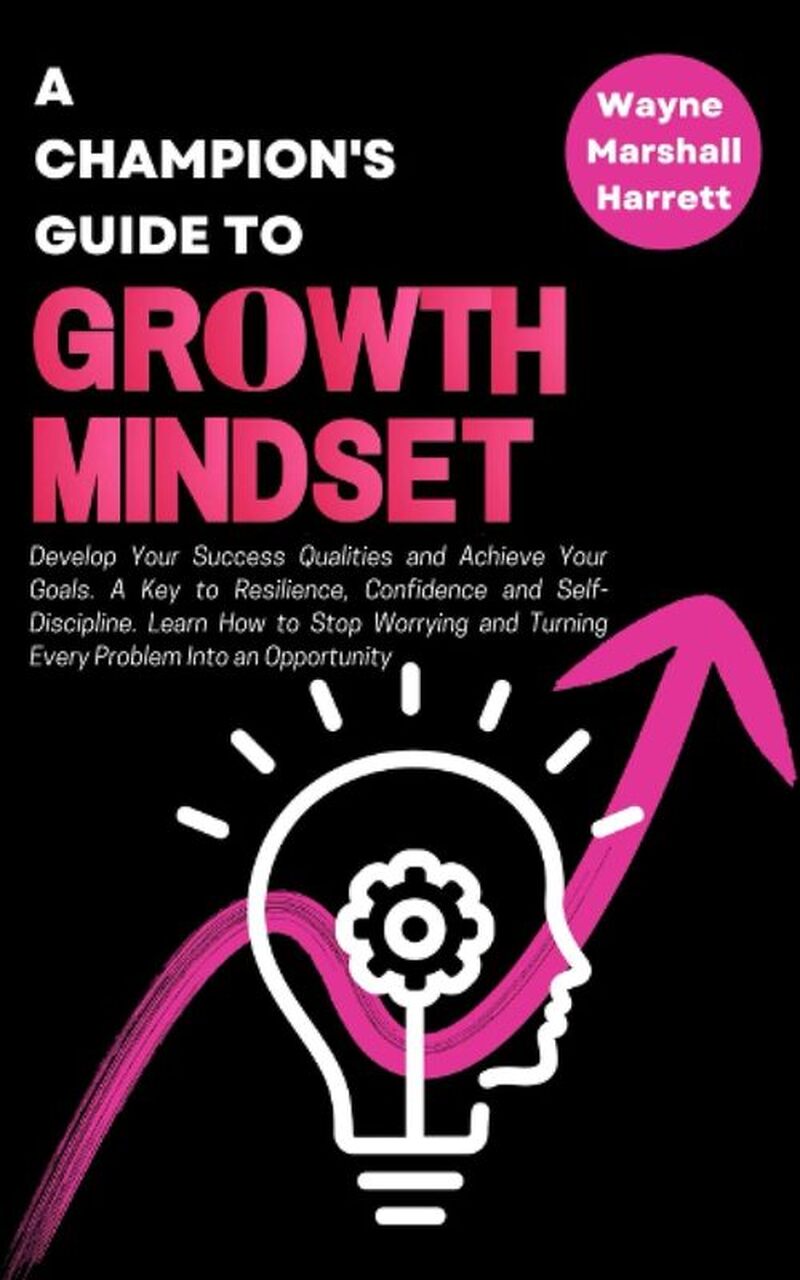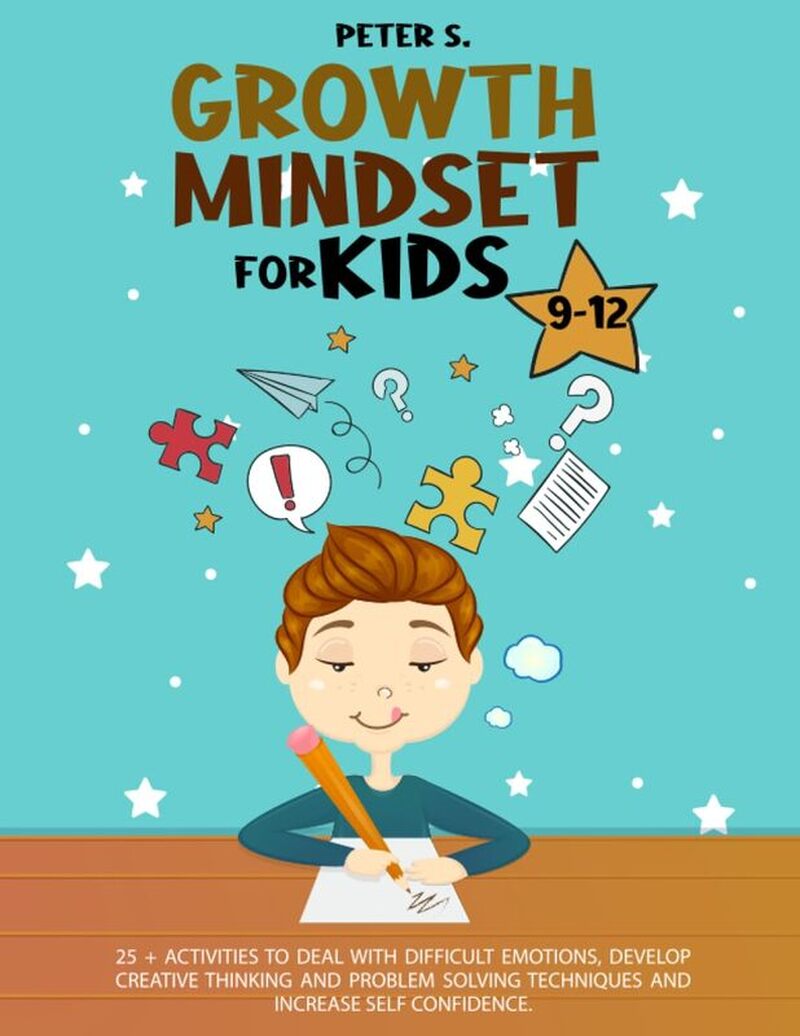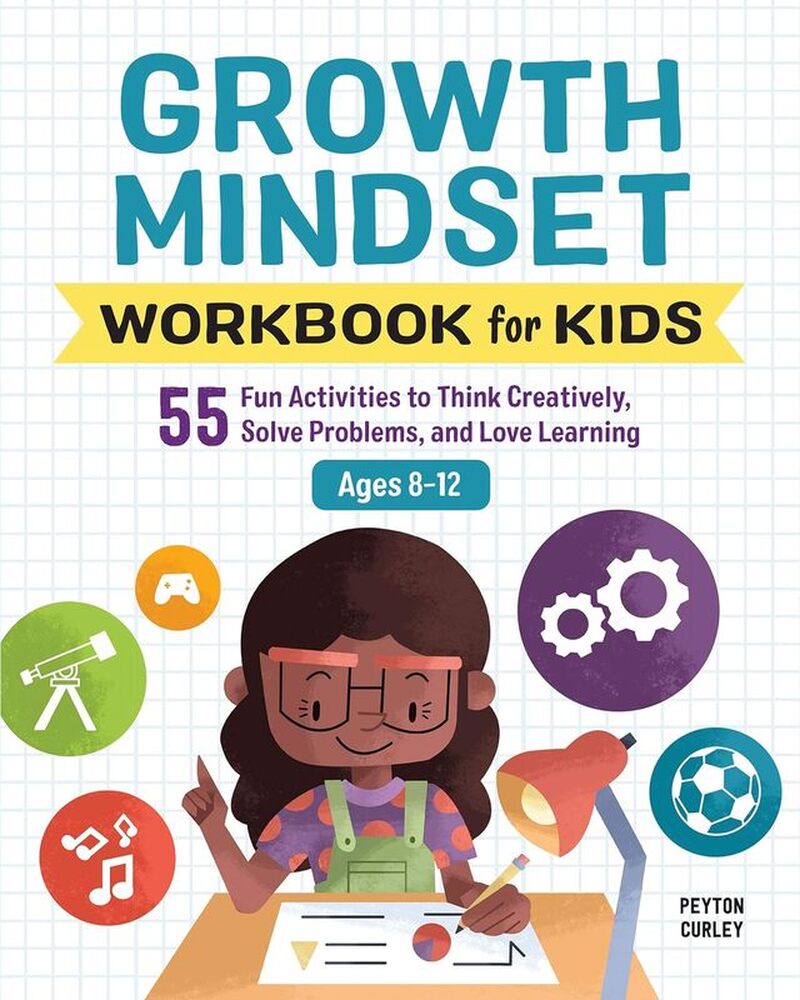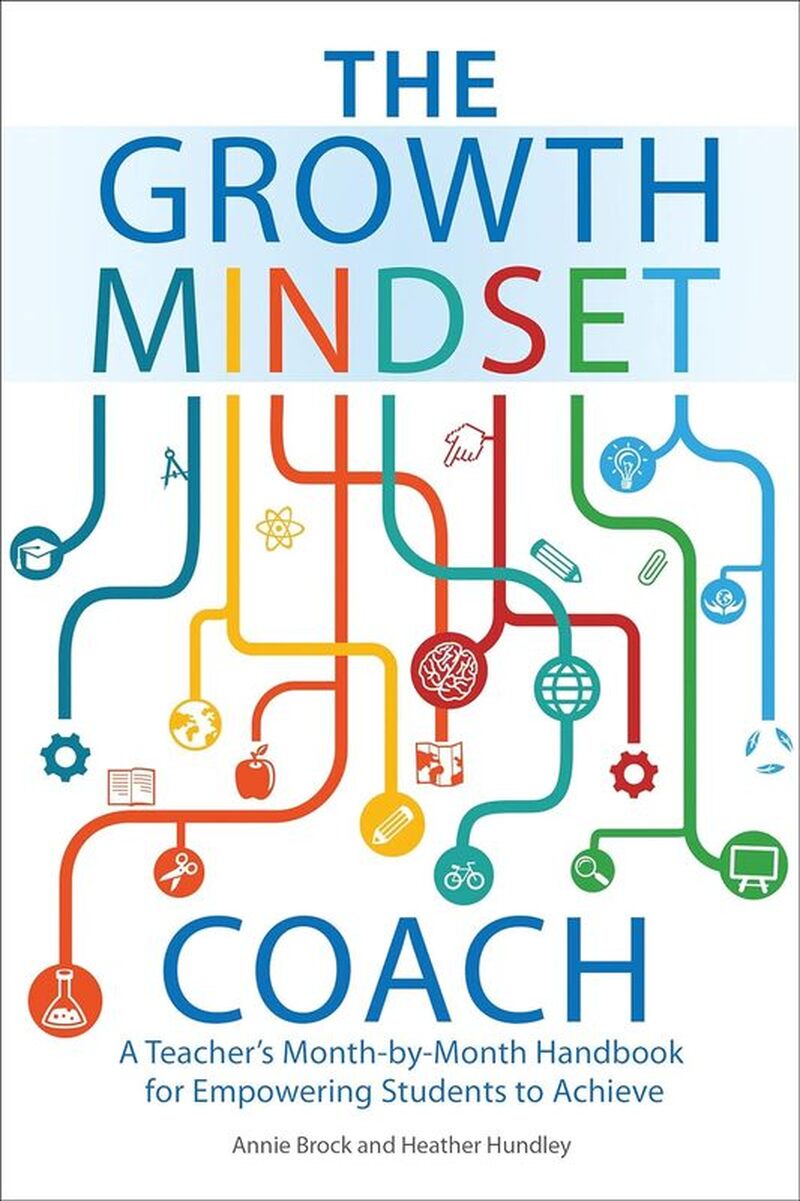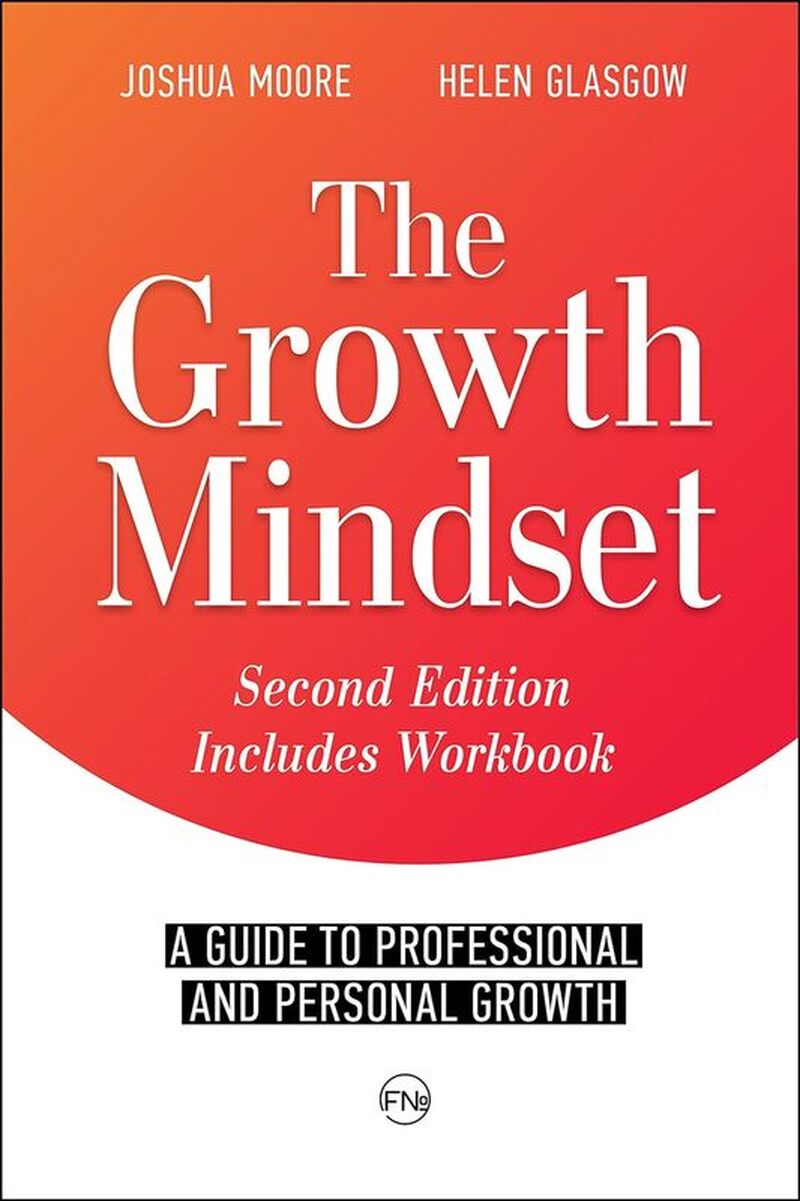If you have ever said, “Our culture is fine, we just need people to toughen up,” this episode is your gentle reality check. Healthy organizations are not built by squeezing more output from exhausted people. They are built when leaders create the conditions for humans to function well, together.
In this episode of Barriers and Boundaries Resilience Leadership, I converse with Janakan Arulkumarasan, founder of Leaders.org, to talk about leadership resilience in an AI shaped world. We zoom in on the human side of leadership, the kind that does not show up in a strategy deck but shows up everywhere in real life. Trust. Relationships. Boundaries. Accountability. Curiosity.
Relationships are not optional, they are the infrastructure
One of the most important themes in this conversation is the value of relationships in leadership. Not superficial networking. Not collecting contacts. Real relational equity built over time. When leaders invest in people before a crisis hits, teams recover faster when pressure shows up. That is resilience in the real world.
Trust and authenticity, without turning work into therapy
We also talk about the balance leaders are constantly trying to strike. Be authentic, but stay professional. Be vulnerable, but do not overshare. Invite people to be human, but still keep standards clear. That balance is not a one time decision. It is a leadership practice. It is built through consistency, clear expectations, and respect for boundaries.
Leading in the age of AI means leading through uncertainty
AI is changing the future of work, and it is doing it fast. That speed creates uncertainty, and uncertainty can quietly erode trust if leaders avoid hard conversations. In this episode we talk about what it looks like to lead when you do not have all the answers. How curiosity keeps leaders learning. How compassion keeps people from becoming collateral damage. How accountability keeps the team grounded when everything feels like it is moving under your feet.
What I hope you take from this episode
- If relationships are weak, performance will always be fragile.
- If trust is inconsistent, communication will always be expensive.
- If leaders do not adapt, the pace of change will adapt for them.
A question for you
Is your workplace healthy, or is it simply high performing at a cost?
If this episode resonates, watch the full conversation here:
https://youtu.be/wqHoWEgfndI?si=WawZAyK3FZGdqnM8
